مقترح خطة تنموية لانقاذ تونس
(Ci-dessous traduction en français)
(English translation below)
بقلم إلياس القصري
سفير تونس السابق في سيول ونيودلهي وطوكيو وبرلين.
تونس في 24 جانفي 2023

نظرا لخطورة الازمة التي لم تجد لها السلطات التونسية حلاً قابلا للتنفيذ، مقتصرة على تدابير مؤقتة لصرف الأجور و سداد الديون وما يكفي لقبول صندوق النقد الدولي لمدً تونس بتسهيلات قروض من شأنها فتح المجال للاقتراض على الساحة الدولية للتمادي في نموذج اقتصادي و اجتماعي فاشل ماله مزيد التداين والانهيار الاقتصادي و في غياب توافق على برنامج إصلاحي طويل المدى من شأنه إخراج تونس من الحلقة المفرغة للزيادات في التضخم و الأجور و الجباية و في انتظار إصلاح المنظومة القانونية الإدارية و الجبائية و الصرفية الذي قد يستغرق وقتا طويلا نظرا للتشنج السائد على الساحة السياسية والاجتماعية، من المستحسن النظر في التمشي المقترح حول ثلاثة محاور التالية:ـ
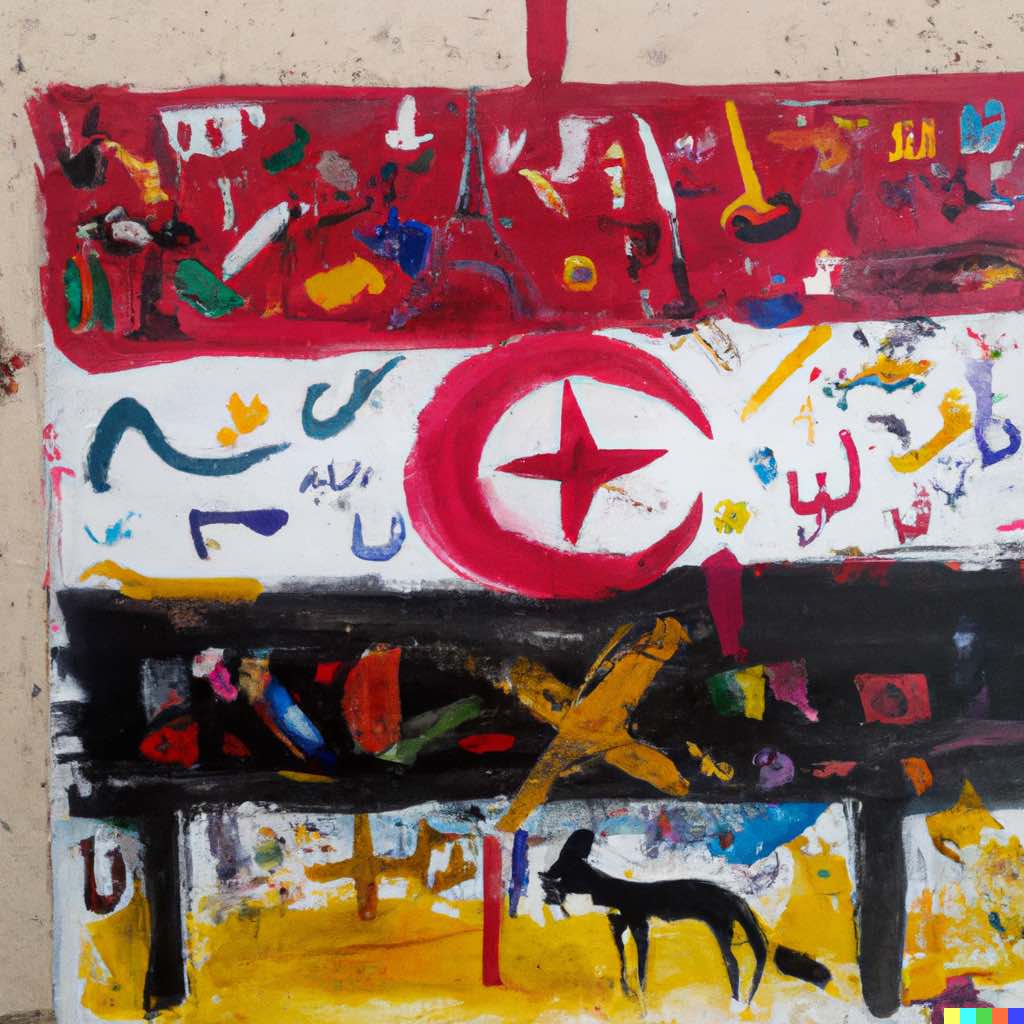
:ـ1-المنهجية
نظرا للتراكمات الإدارية و الاقتصادية و الضغوطات الاجتماعية التي تحول دون إصلاح جذري و سريع للاقتصاد التونسي، يستحسن اتباع تمشي تدريجي تبعث من خلاله قاطرات تنموية على غرار المناطق الحرة بالخصوص على منوال المناطق الاقتصادية الخاصة (zones economiques speciales) التي كانت قاطرة التنمية الصناعية والتكنولوجية لجمهورية الصين الشعبية.ـ

هذا و يقترح بعث مناطق اقتصادية خاصة في قطاعات و جهات يلي ذكرها قصد استجلاب مستثمرين أجانب و خلق مواطن شغل للكفاءات التونسية في اطار مناطق حرة يقع التعامل فيها بالعملات الأجنبية حسب مقاييس جودة و شفافية عالمية يتمتع فيها العاملين و مسدي الخدمات بمداخيل بالعملات الاجنبية و يخضعون إلى معلوم جبائي قار ب 15 في المائة قصد تحفيز تلك النشاطات و استخلاص مداخيل جبائية بالعملات الأجنبية. و سيساهم هذا التمشي في تسهيل تحرير الدينار التونسي والارتقاء بالأجور الى مستويات عالمية تقلص من مجال التهريب و الحاجة لتدخلات الدولة في إطار صندوق التعويض.
القطاعات الاستراتيجية المستقبلية:
ا-مكونات السيارات و الطاءرات من قطع غيار و ميكاترونيك الى الطاقة الكهربائية:
المكان : بنزرت و تونس الكبرى و سوسة.
الشركاء: المانيا و فرنسا و اليابان و كوريا.
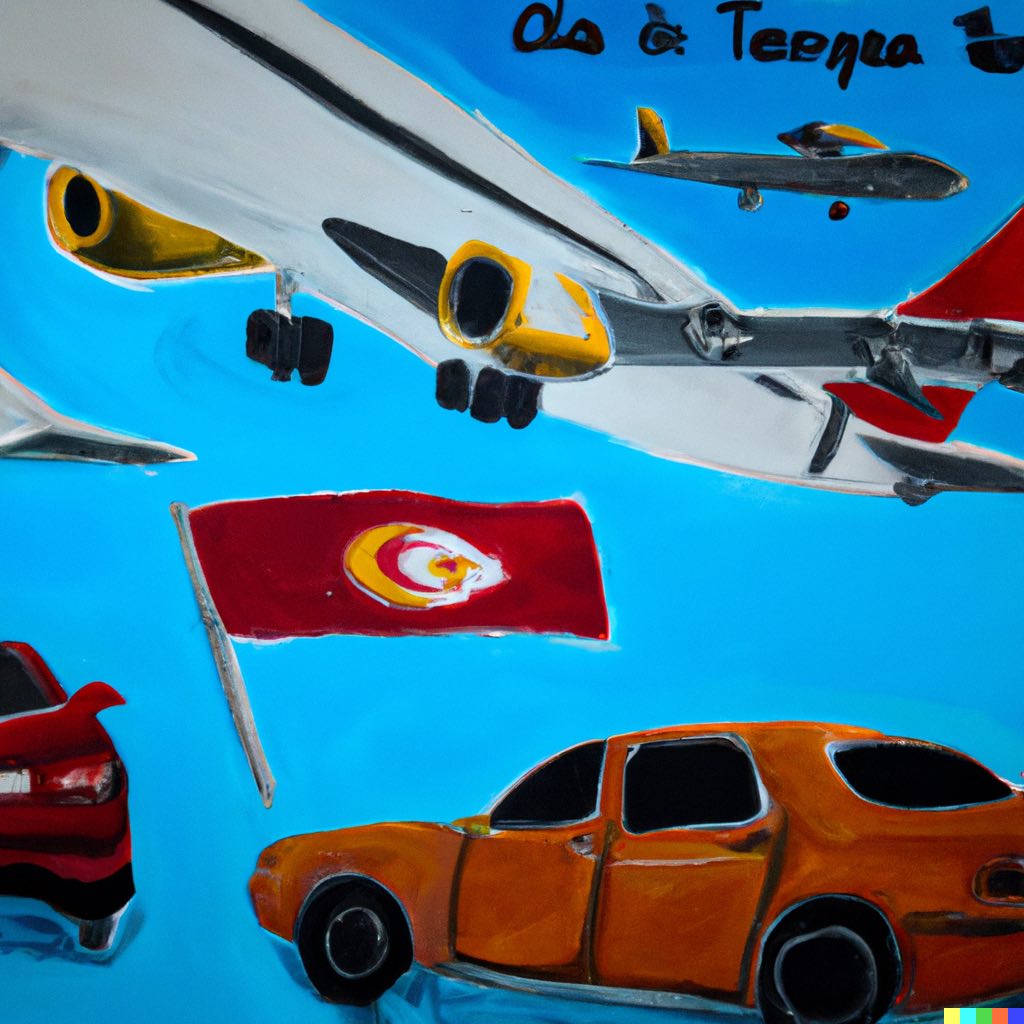
ب-الإعلامية وخدمات الانترنت عن بعد:
المكان: قطب الغزالة و الحسيان و بنزرت و صفاقس.
الشركاء: فرنسا و ألمانيا و الهند و كوريا و البحرين.
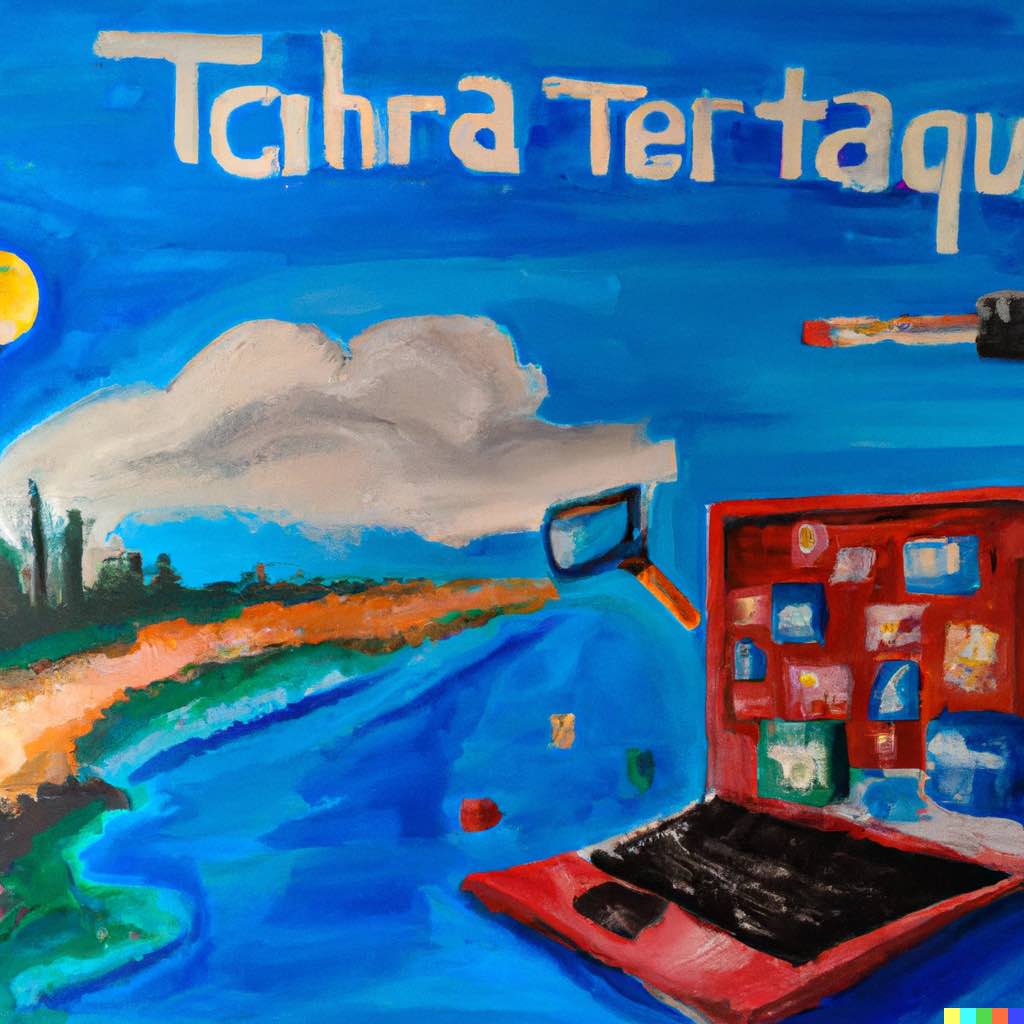
ج-السياحة الاستشفائية و الصناعات الصيدلية و التجهيزات الطبية:
المكان: الحسيان و النفيضة و صفاقس و جربة-جرجيس.
الشركاء: فرنسا وإيطاليا والمملكة المتحدة والهند والإمارات العربية المتحدة.
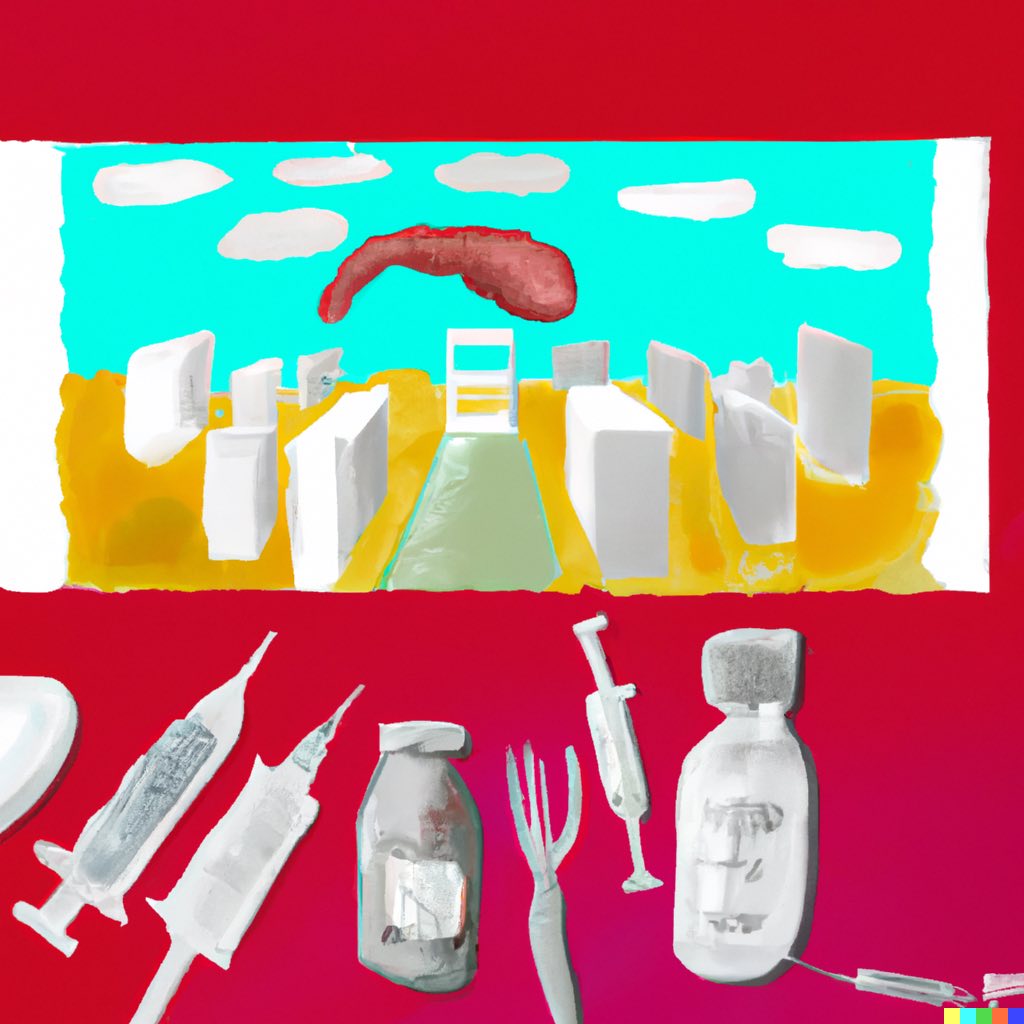
د-صناعة اللباس والجلد ذات الجودة العالية:
المكان: تونس الكبرى وسوسة و صفاقس.
الشركاء: فرنسا وإيطاليا وألمانيا والولايات المتحدة الأمريكية.ه

ه-التعليم العالي و التكوين المهني:
المكان: بنزرت و برج السدرية-سليمان و سوسة و صفاقس و قفصة.
الشركاء: الولايات المتحدة الامريكية و المملكة المتحدة و فرنسا و المانيا واليابان و كوريا.
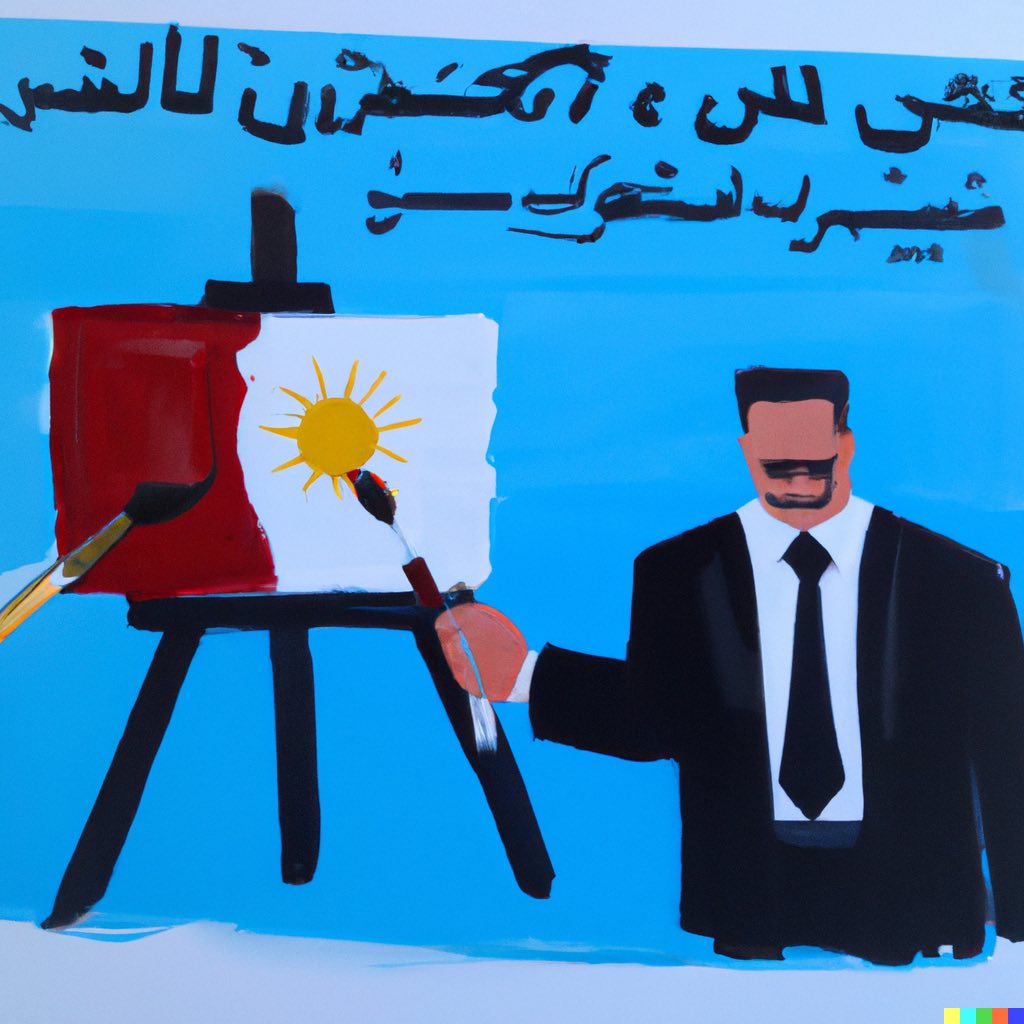
ـ2-البنية التحتية
لتسهيل بعث القاطرات الاقتصادية انفة الذكر يستوجب الشروع في إجراءات عاجلة من شأنها بناء الثقة و تحسين مناخ الأعمال ورفع البعض من الحواجز التي كبلت الاقتصاد التونسي و حالت دون اي عملية انقاذ :ـ
ا-تجهيز ميناء و بحيرة بنزرت وتحويلهما إلى قاعدة لوجستية لصناعة البواخر و التجهيزات البحرية.
الشركاء : الصين و المانيا و كوريا.
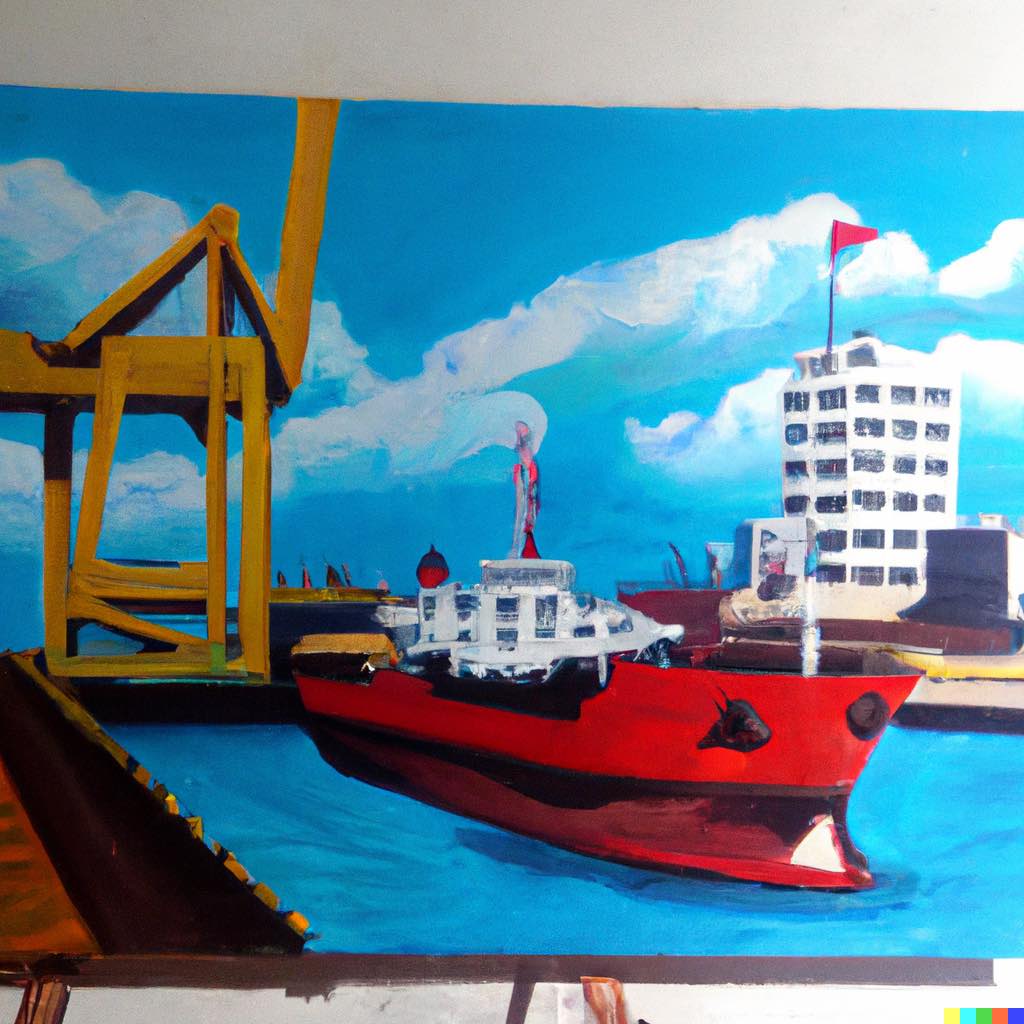
ب-نقل مطار تونس قرطاج الى منطقة أوتيك و جعل مطار أوتيك و ميناء بنزرت منصة لوجستية مربوطة بشبكة طرقات وسكك حديدية مع باقي المناطق التونسية و التراب الجزائري قصد تدعيم الاندماج الاقتصادي المغاربي.
الشركاء: فرنسا و الإمارات العربية المتحدة و الصين و كوريا.

ج-تشييد مدينة إدارية جديدة على جزء من المساحة المحتلة سابقا من طرف مطار تونس قرطاج (300 هكتار من المساحة الجملية بقرابة 850 هكتار).
الشركاء: العربية السعودية والإمارات العربية المتحدة و الصين و تركيا.
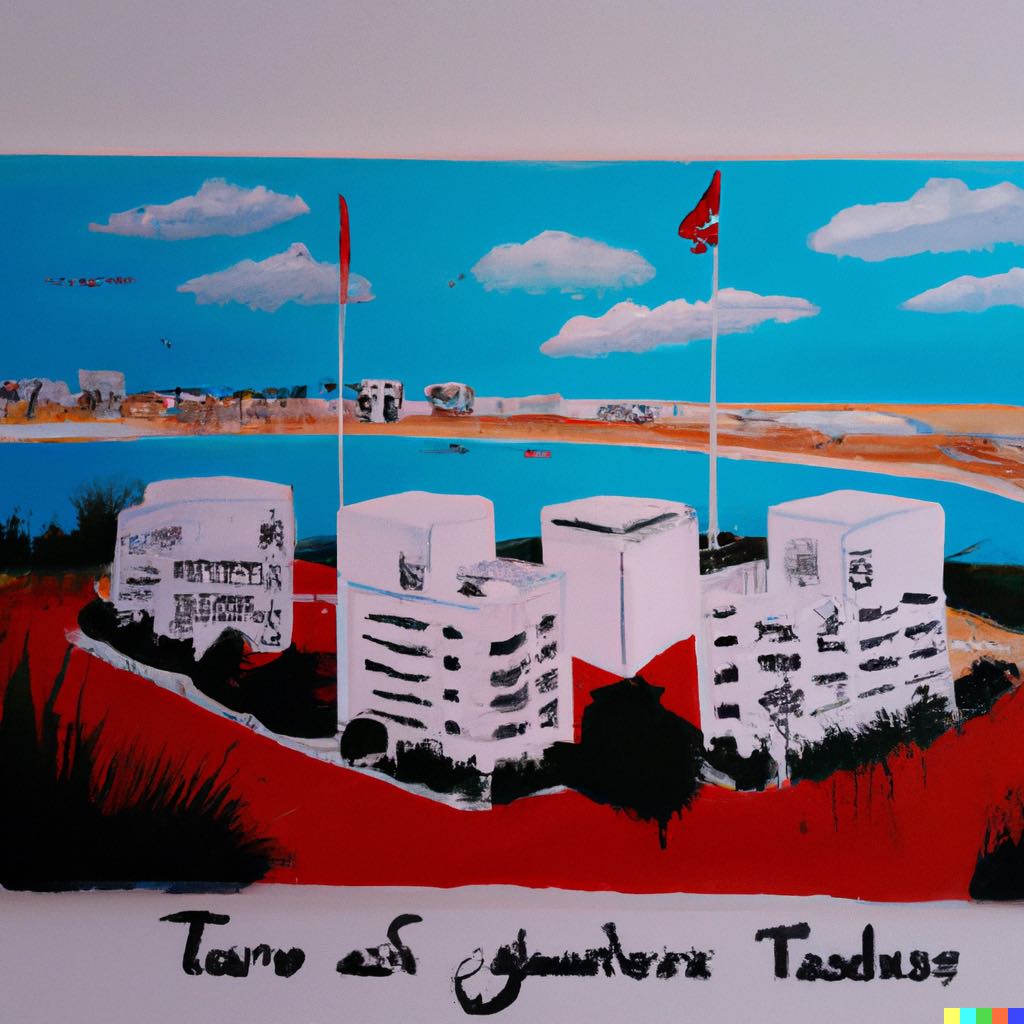
د-وضع ميناء رادس تحت إشراف القوات المسلحة لما يكتسيه من اهمية استراتيجية و حياتية للبلاد.
الشركاء: الولايات المتحدة الامريكية و الامارات العربية المتحدة.
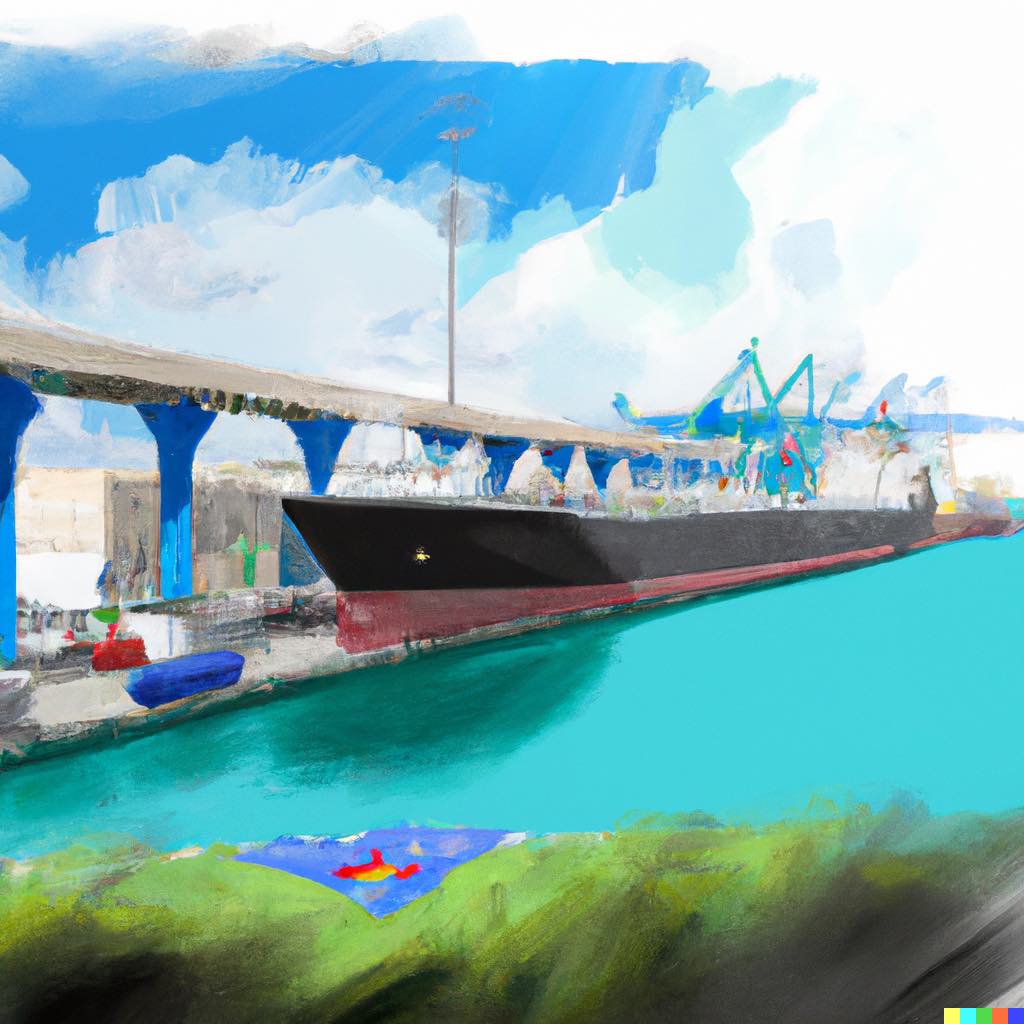
ه-الشروع في انجاز ميناء المياه العميقة بالنفيضة و تحويله مع مطار النفيضة الى منصة لوجستية مع إنجاز حولهما مدينة للخدمات الاقتصادية النظيفة ومدينة طبية للأجانب يقع التعامل فيها حصريا بالعملات الاجنبية.
الشركاء: الإمارات العربية المتحدة والمملكة العربية السعودية و الصين و تركيا و الهند.
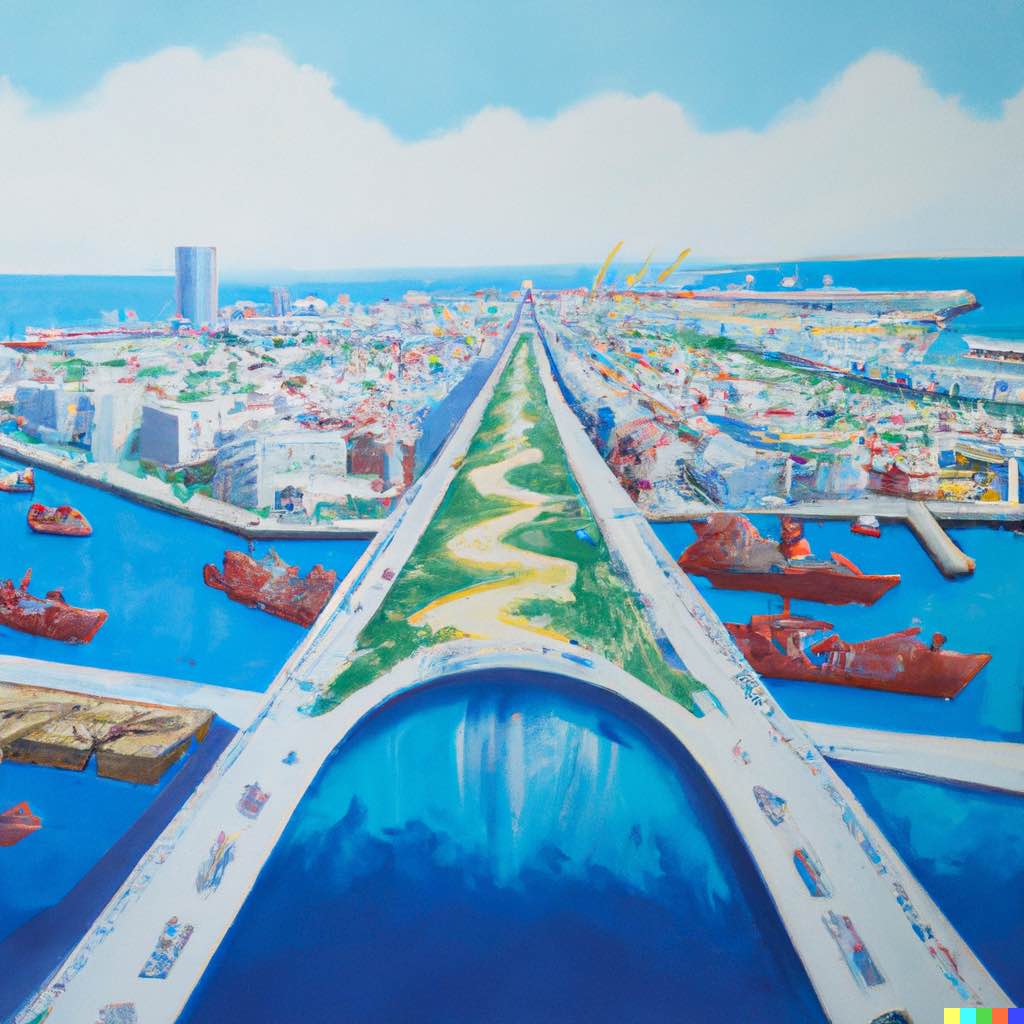
و-تشييد قصر معارض ومؤتمرات دولي جديد بجزيرة جربة لكي تصبح جزيرة الاحلام قطبا عالميا للسياحة الاستشفائية و المؤتمرات اضافة الى سياحة الشواطيء الموسمية التي بلغت حدودها ولم تعد تفي بالحاجة.
الشركاء: قطر، الكويت، الإمارات العربية المتحدة، المانيا و الهند و الصين.

مشاريع كبرى ذات طاقة تشغيلية بالجنوب التونسي:ـ
على غرار ما قامت به الحكومة الأمريكية اثر الازمة الكبرى لسنة 1929 التي شهدت انهيارا كبيرا للاقتصاد الأمريكي و العالمي و تفاقم نسب الفقر والبطالة ببعث مشاريع كبرى على غرار مشروع وادي تينيسي (Tennessee Valley Authority) في إطار سياسة العقد الجديد (New Deal) التي أطلقها الرئيس الأمريكي روزفلت في 1933 حيث وقع تشغيل عشرات الآلاف من العاطلين عن الشغل لبناء شبكة من السدود و محطًات كهروماءية على نهر تينيسي مما ساهم في التقليص من البطالة والخصاصة و ساهم في إحياء مناطق اقتصادية و فلاحية جديدة في الولايات المتحدة الأمريكية.
ا-بعث سلسلة من المشاريع الكبرى في الجنوب و الظاهر التونسي (حوالي 120 كم على 20 كم) بين ولايات قابس و مدنين و تطاوين على غرار مشروع رجيم معتوق للتنمية الصحراوية بغاية تشغيل الشباب و خلق مواطن رزق و بعث حزام أخضر لحماية التراب التونسي من التصحر و المهربين. و ستعتمد هذه المشاريع على الخبرات التونسية و المياه الجوفية المتواجدة بكثرة في المنطقة الممتدًة بين الجزائر و تونس و ليبيا اضافة الى الطاقة الشمسية. نظرا للمساهمة الإيطالية في إنجاز مشروع رجيم معتوق و مصلحة إيطاليا في بعث مشاريع تنموية من شأنها التقليص في دوافع الهجرة غير النظامية من تونس، فقد يكون من الفائدة طرح هذا المشروع على رئيسة المجلس الإيطالي جورجيا ميلوني خلال زيارتها المرتقبة الى بلادنا.
الشركاء: إيطاليا و فرنسا و الولايات المتحدة الأمريكية والمملكة العربية السعودية و الكويت و كوريا.
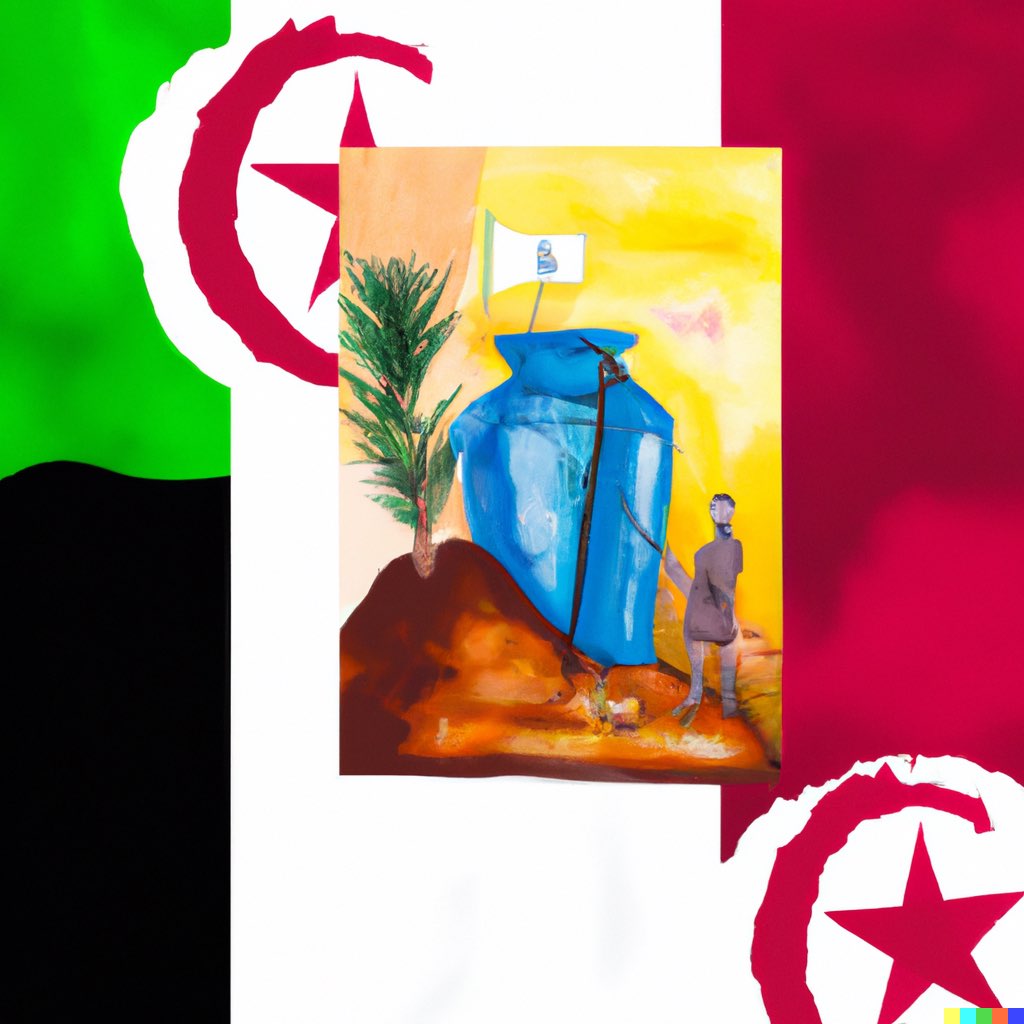
ب-انجاز مشروع عملاق لتوليد الطاقة الشمسية بالجنوب التونسي على غرار مشروع ورزازات بالمغرب من شأنه الارتقاء بتونس إلى الاكتفاء الذاتي في مجال الطاقة و جعلها مزودا لأوروبا في مجال الطاقات الخضراء.
الشركاء: الولايات المتحدة الأمريكية و ألمانيا و اليابان.
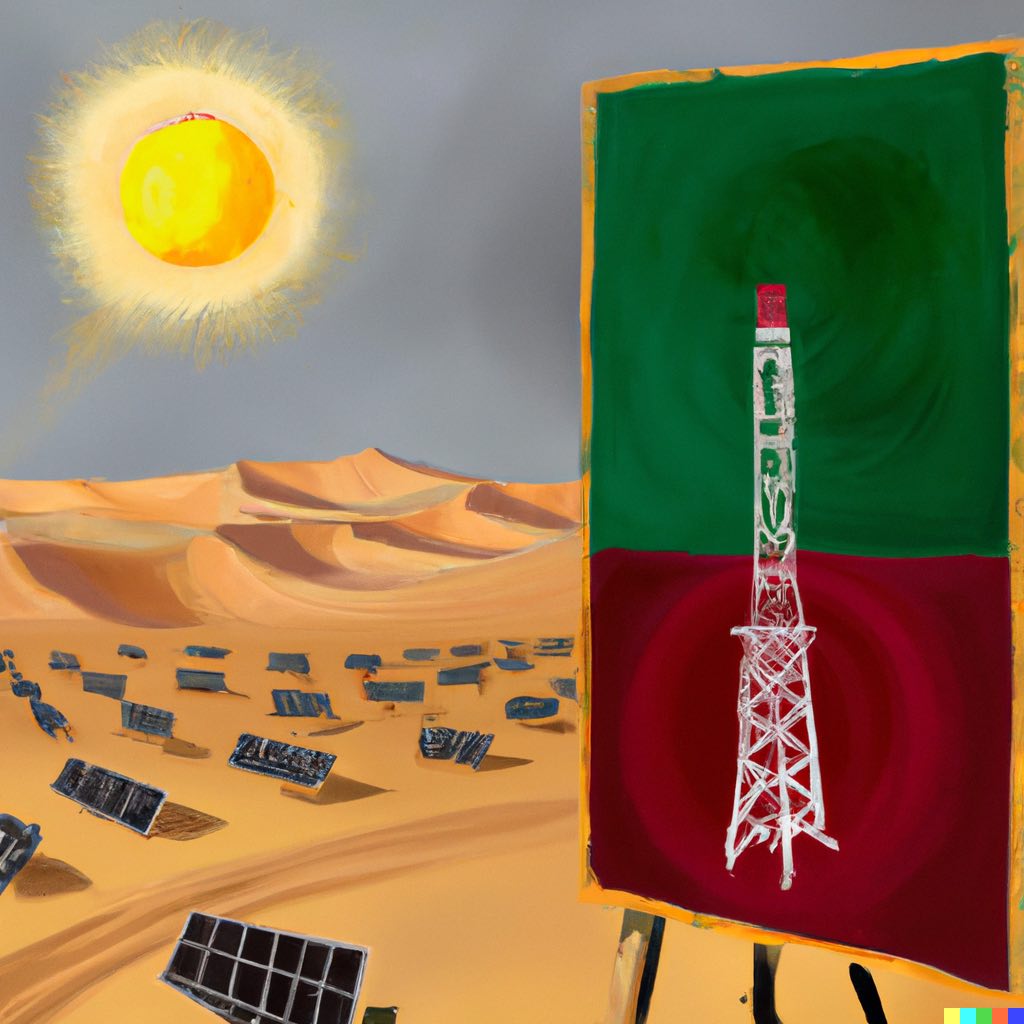
هذه الخطة تستوجب الجرأة والإرادة الصادقة لإنقاذ تونس و إعادة الأمل لشعبها و شبابها و كفاءاتها من خلال التنسيق مع شركائنا في مجموعة العشرين دولة مصنًعة ( G20) .
من المتوقع أن تكون تونس مطالبة مسبقا بتوخي تمشي سياسي أكثر تشاركية و تعديل الخطاب تجاه العالم الخارجي و التحلًي بمزيد التفهم لمتطلبات الاستثمار الخارجي من مرونة وشفافية إدارية و استقرار سياسي و قانوني و جبائي.
و سيكون للدبلوماسية التونسية دور هام في إنجاح هذا المسار بتجنيد الدعم الدولي و ذلك اثر مراجعة جذرية لجهاز وآليات العمل و امكانيات الدبلوماسية التونسية عن طريق تحوير جوهري في كل المستويات في الادارة و المراكز بالخارج و تعيين كفاءات عليا في السفارات بما في ذلك، اذا استوجب الامر و اقتضت الحاجة، بانتداب سفراء متقاعدين محنكين عبر عقود برامج لا تتجاوز مدتها سنتين.
ان كان مطلب التشبيب مشروع و الاعتماد على الموالين خيار كل حاكم فالوضع الحرج الذي إن لم يعالج بنجاعة سيصبح كارثي يستوجب العدول ولو بصفة مؤقتة عن الشعارات التي أفرغت الادارة و الدبلوماسية من كفاءاتها و اوصلتنا الى هذه الوضعية المتردية.
وضع تونس الداخلي و الخارجي الحرج قد يصبح مأساويا إن لم يقع التدارك السريع و استغلال الفرص و كل الامكانيات المتاحة داخليا و خارجيا.
و سيكون من الفائدة مزيد تدعيم العلاقات التاريخية مع جمهورية الهند التي ترأس مجموعة العشرين خلال سنة 2023 و التحضير لإعلان رسمي حول الدعم متعدد المجالات لتونس من طرف البلدان المكونة لهذه المجموعة خلال قمة سبتمبر 2023 بالعاصمة الهندية و الذي يجب السعي لاكساءه طابعا يشبه خطة مارشال التي ساهمت في إعادة إعمار أوروبا إثر الحرب العالمية الثانية.
هذه الخطوط العريضة لخطة إنقاذ تونس و الارتقاء بها لما تستحقه من امتياز ونمو و رخاء و استقرار قد تكون آخر فرصة للتدارك لمن له إرادة خالصة وصادقة لإنقاذ البلاد و العباد من ازمة خانقة و الانهيار الاقتصادي و الاجتماعي لا قدًر الله.
و من يشكًك في جدوى و واقعية هذا التمشي فهو يجهل خلفيات عديدة و فرصا اهدرتها تونس خلال آخر سنوات حكم المرحوم بن على و بعد الثورة و بالخصوص خلال قمم التيكاد مع اليابان انطلاقا من سنة 2013 و الرئاسة الألمانية لمجموعة 7 سنة 2015 و مجموعة 20 سنة 2017.
(Traduction française)
Proposition
d’un plan de développement
de sauvetage de la Tunisie
Par Elyes Kasri
Ancien Ambassadeur de Tunisie à Seoul, New Delhi, Tokyo et Berlin.
Tunis le 24 janvier 2023
Face à la gravité de la crise, pour laquelle les autorités tunisiennes n'ont pas trouvé de solution réalisable, se limitant à des palliatifs pour pouvoir payer les salaires, rembourser les dettes, et satisfaire les exigences du Fonds monétaire international en vue d’obtenir des facilités susceptibles d’ouvrir la voie aux emprunts extérieurs en persistant dans un modèle économique et social défaillant menant à plus d’endettement et d'effondrement économique, et en l'absence de consensus autour d’un programme de réformes à long terme qui sortirait la Tunisie du cercle vicieux de l'inflation, des augmentations interminables des salaires et du poids de la fiscalité, et en attendant une réforme du système juridique, administratif, fiscal et de change, qui peut prendre beaucoup de temps en raison de la tension qui prévaut sur la scène politique et sociale, il est préférable d’étudier le processus proposé autour des trois axes suivants :

1- Méthodologie :
Au vu des cumuls administratifs et économiques et des pressions sociales qui empêchent une réforme radicale et rapide de l'économie tunisienne, il convient de suivre un processus à partir duquel seront lancées des locomotives de développement à l'instar des zones franches, notamment sur le modèle des zones économiques spéciales, qui ont été la locomotive du développement industriel et technologique de la République Populaire de Chine.
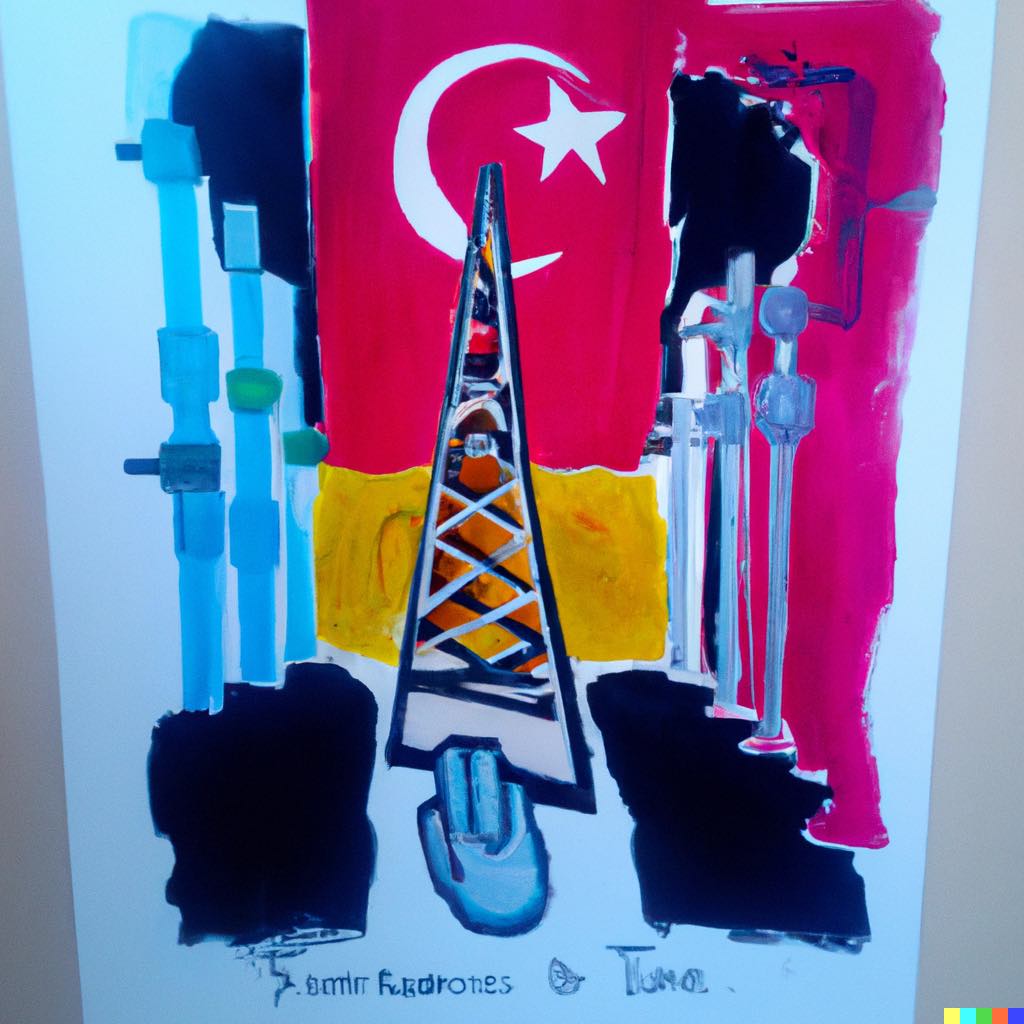
Il est ainsi proposé la création de zones économiques spéciales dans les secteurs et les régions ci-dessous afin d'attirer les investissements étrangers et créer des opportunités d'emploi pour les compétences tunisiennes dans le cadre de zones franches dans lesquelles les échanges se feront en devises étrangères selon des normes internationales de qualité et de transparence où les travailleurs et les prestataires de services auront des revenus en devises étrangères et seront soumis à un impôt fixe de 15 % afin de stimuler ces activités et générer des recettes fiscales en devises étrangères. Cette approche contribuera à faciliter la libéralisation du dinar tunisien et à relever les salaires au niveau international ce qui réduira la contrebande et la nécessité d'interventions de l'État dans le cadre du Fonds de compensation.
Futurs secteurs stratégiques :
A- Composants automobiles et aéronautiques allant des pièces de rechange et de la mécatronique à l'énergie électrique :
Localisation : Bizerte, Grand Tunis et Sousse.
Partenaires : Allemagne, France, Japon et Corée.

B- Informatique et prestations de services à distance via l’Internet:
Lieux : Pôle El Ghazala, Hassiane, Bizerte et Sfax.
Partenaires : France, Allemagne, Inde, Corée et Bahreïn

C- Tourisme médical, industries pharmaceutiques et équipements médicaux :
Lieux : Al-Hesseyan, Enfidha, Sfax et Djerba-Zarzis.
Partenaires : France, Italie, Royaume-Uni, Inde et Emirats Arabes Unis.
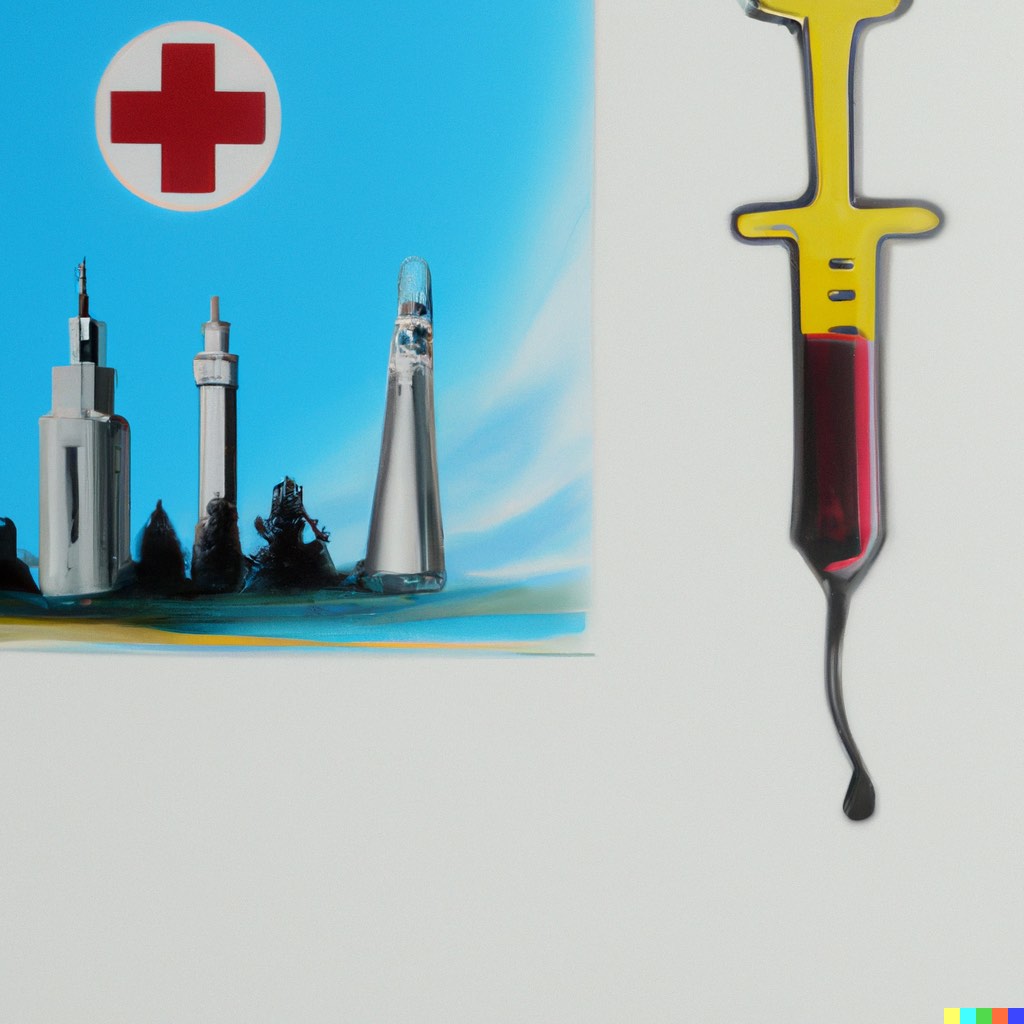
D- Industrie de l'habillement et du cuir de haute qualité :
Localisation : Grand Tunis, Sousse et Sfax.
Partenaires : France, Italie, Allemagne et États-Unis d'Amérique

E- Enseignement supérieur et formation professionnelle :
Localisations : Bizerte, Bordj Cédria-Slimane, Sousse, Sfax et Gafsa.
Partenaires : États-Unis, Royaume-Uni, France, Allemagne, Japon et Corée.
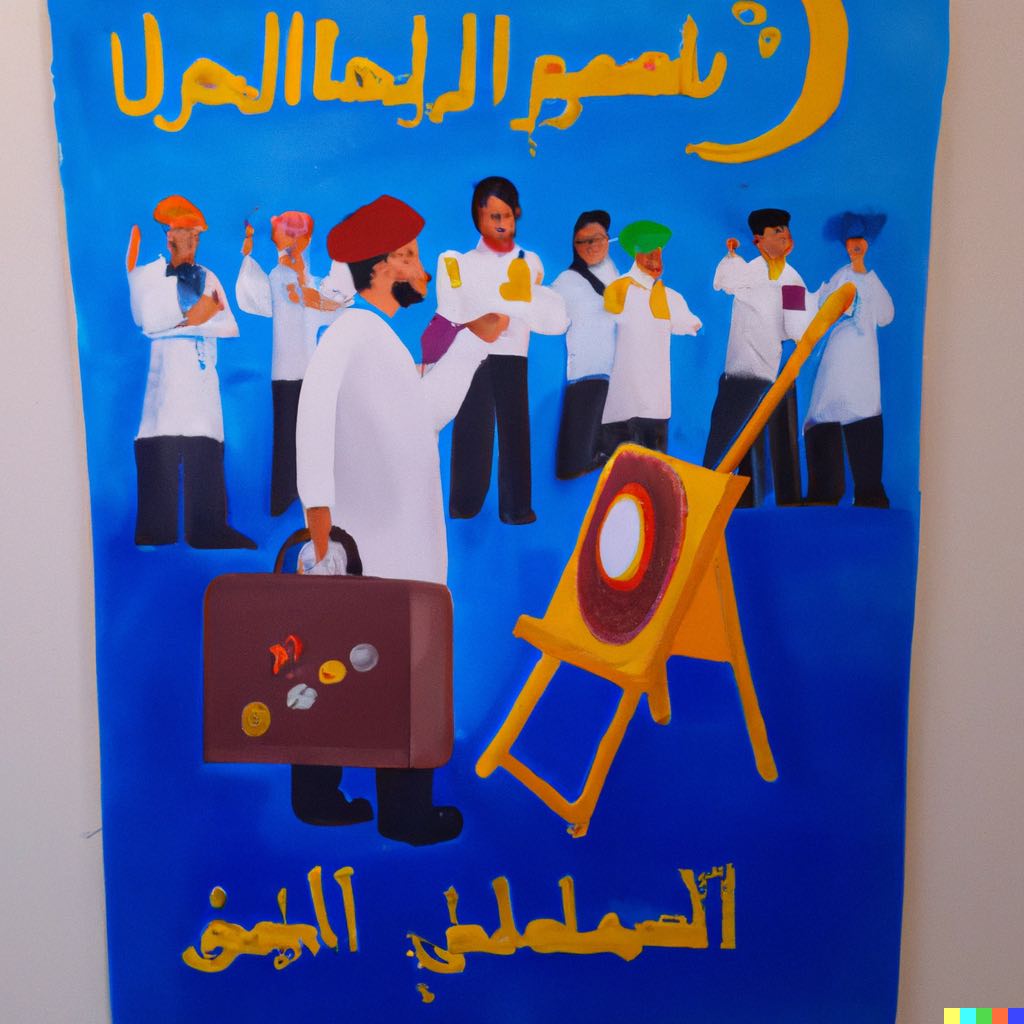
2- Infrastructures :
Pour faciliter la création des locomotives économiques susmentionnées, il est nécessaire d'engager des mesures urgentes qui permettront de renforcer la confiance, d'améliorer le climat des affaires et de lever certaines des barrières qui ont entravé l'économie tunisienne et empêché toute opération de sauvetage :
A- Equiper le port et le lac de Bizerte et en faire une base logistique pour la fabrication de navires et d'équipements maritimes.
Partenaires : Chine, Allemagne et Corée.
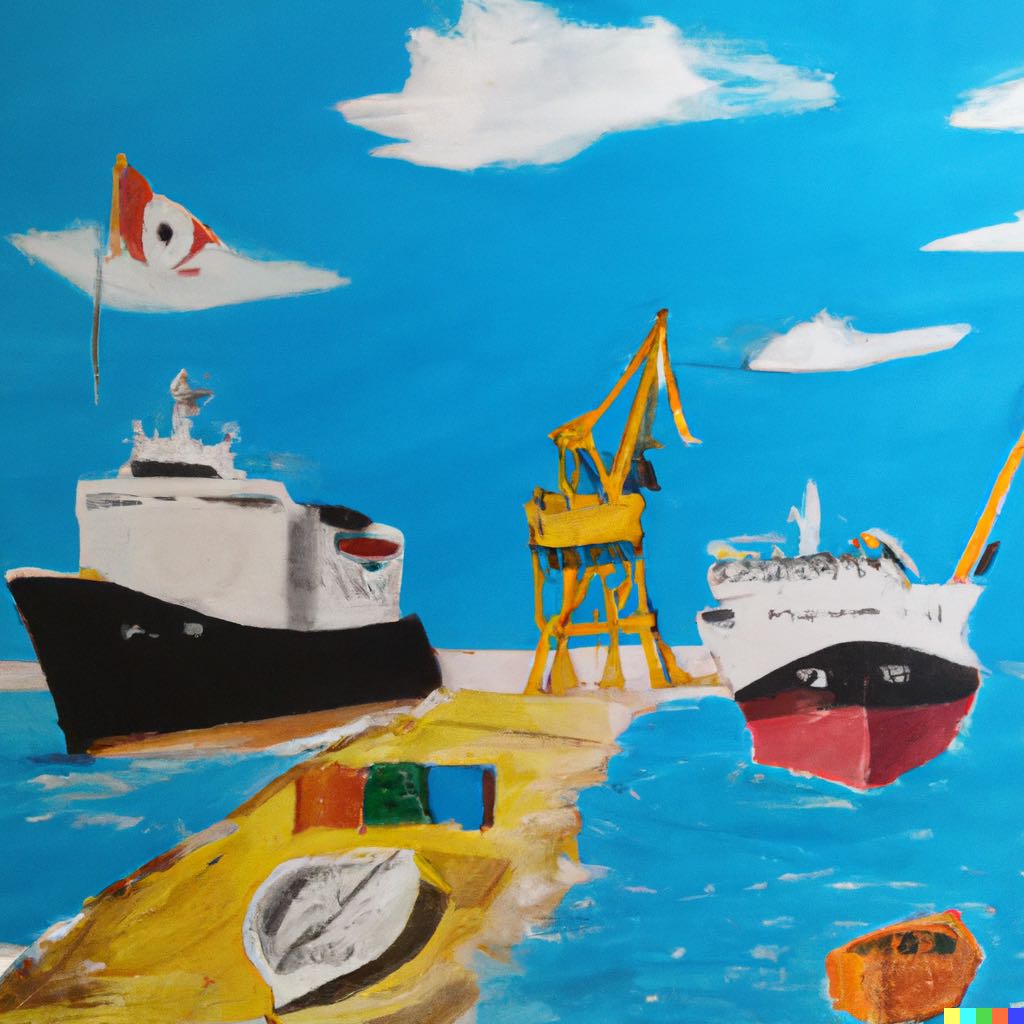
B- Transférer l'aéroport de Tunis-Carthage dans la région d'Utique et faire de l'aéroport d’Utique et du port de Bizerte une plate-forme logistique reliée par un réseau routier et ferroviaire au reste des régions du pays et le territoire algérien afin d’impulser l'intégration économique maghrébine.
Partenaires : France, Emirats-Arabes-Unis, Chine et Corée
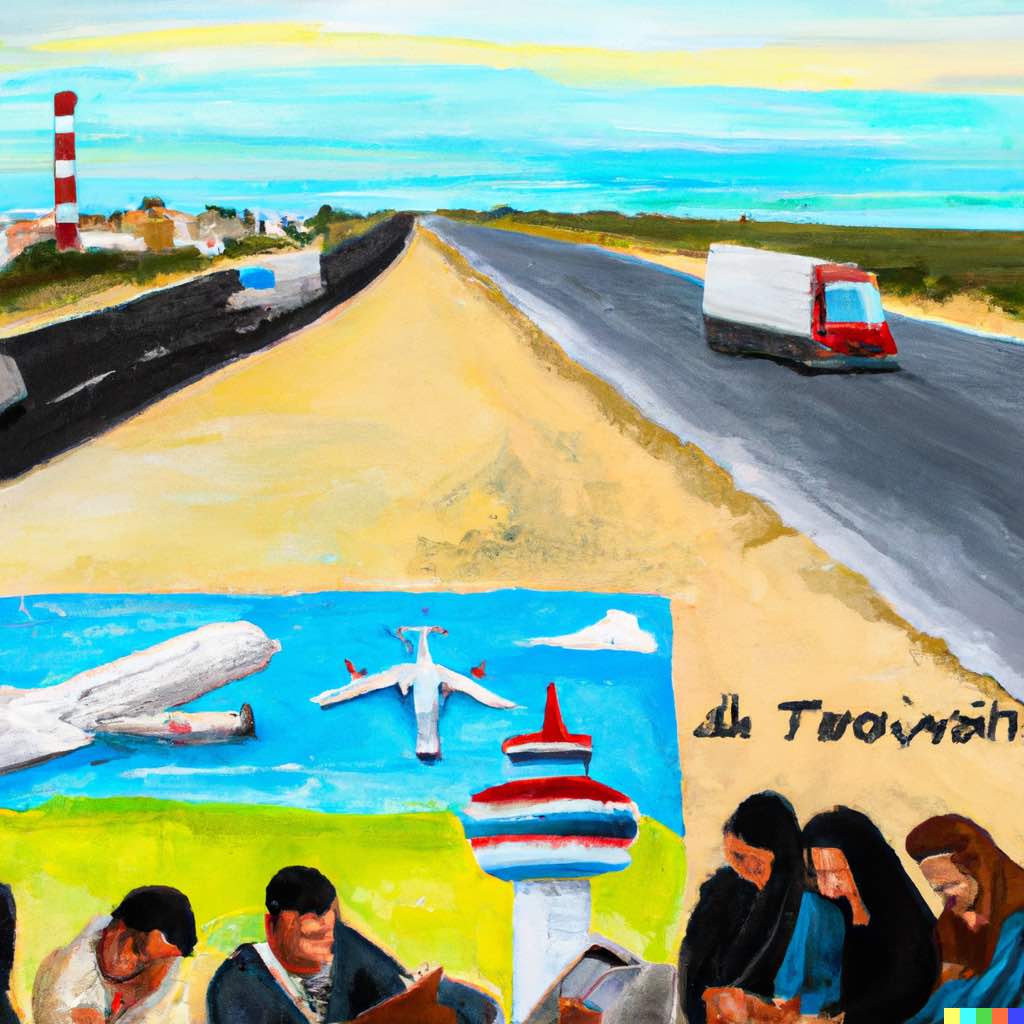
C- La construction d'une nouvelle cité administrative sur une partie de la zone précédemment occupée par l'aéroport de Tunis-Carthage (300 hectares sur une superficie totale d'environ 850 hectares).
Partenaires : Arabie saoudite, Émirats arabes unis, Chine et Turquie.
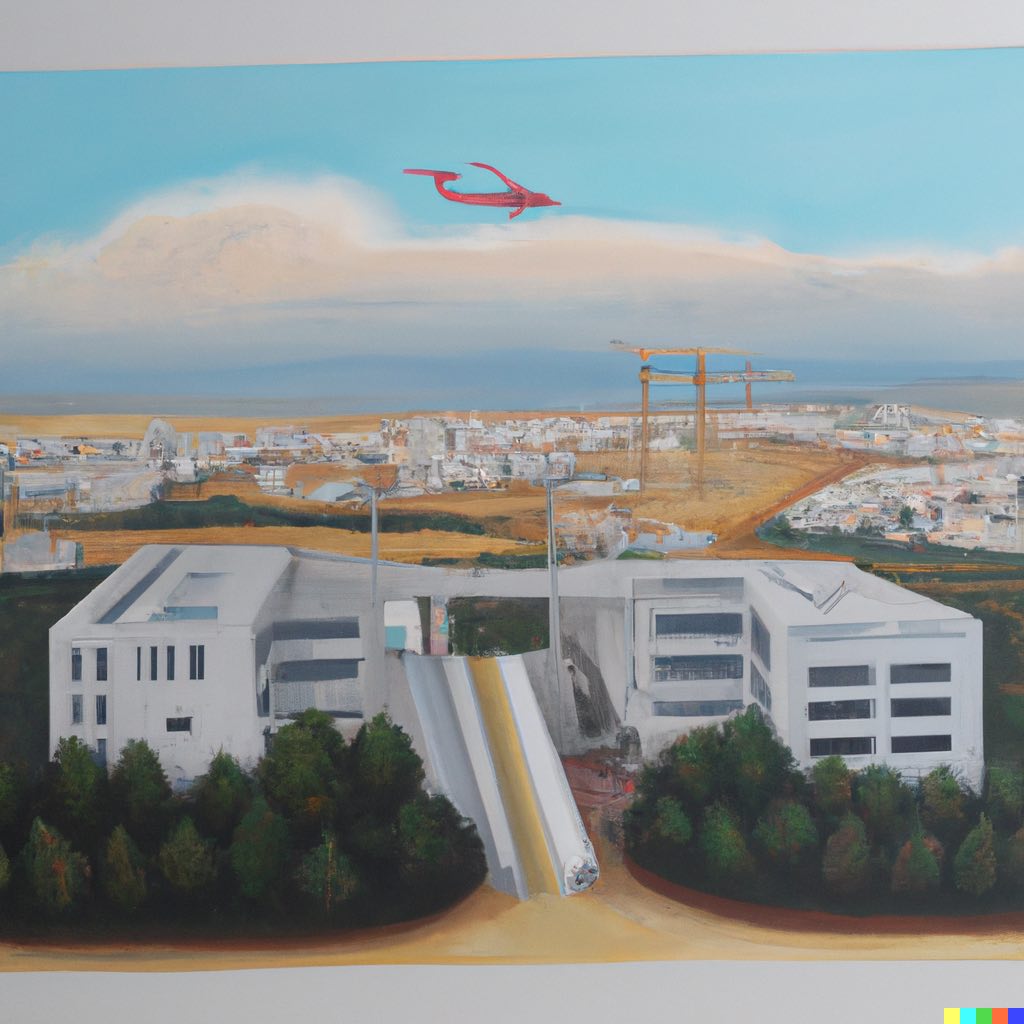
D- Placer le port de Radès sous la tutelle des Forces Armées, compte tenu de son importance stratégique et vitale pour le pays.
Partenaires : Les États-Unis d'Amérique et les Émirats arabes unis.
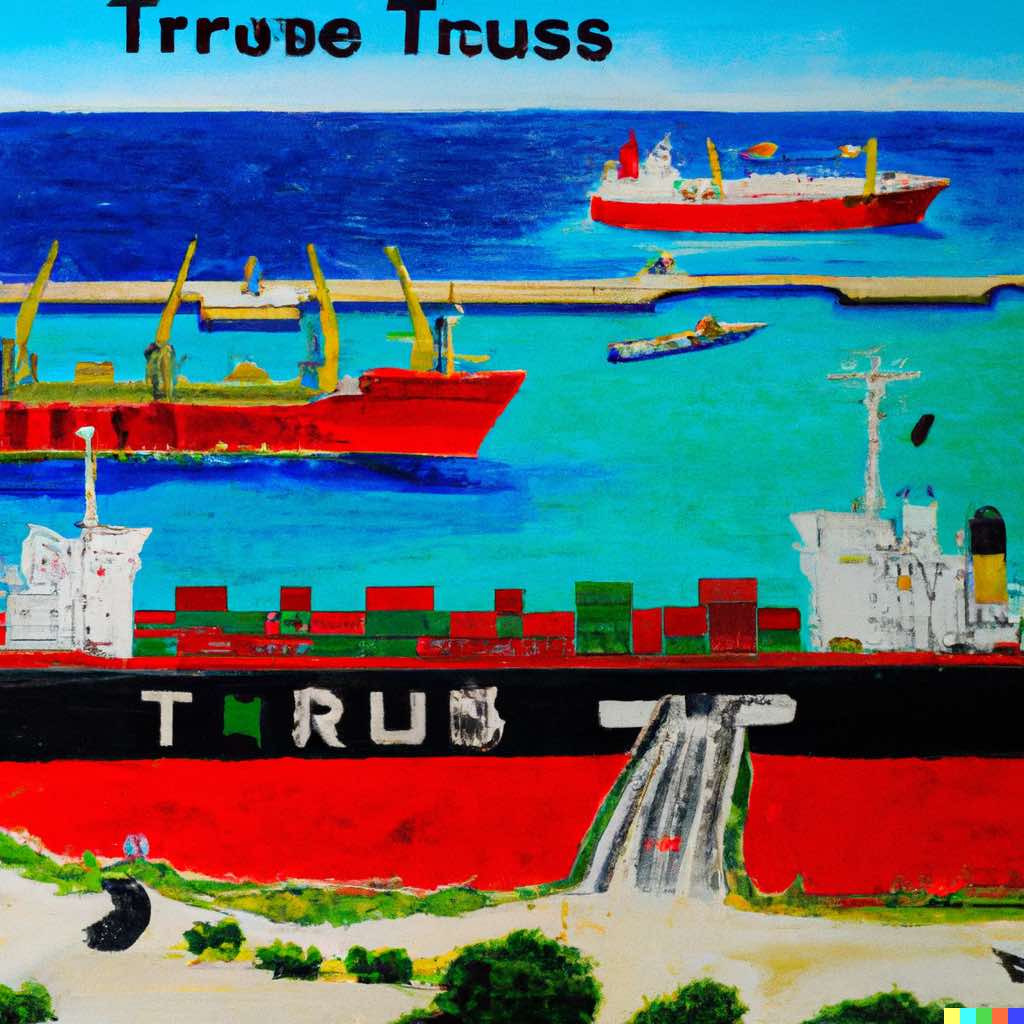
E- Commencer l'achèvement du port en eaux profondes d'Enfidha et le transformer, avec l'aéroport d'Enfidha, en plate-forme logistique, avec la construction autour d'eux d'une ville de services économiques propres et d'une cité médicale pour les patients étrangers, dans lesquelles les transactions se feront exclusivement en devises étrangères.
Partenaires : Emirats Arabes Unis, Arabie Saoudite, Chine, Turquie et Inde.
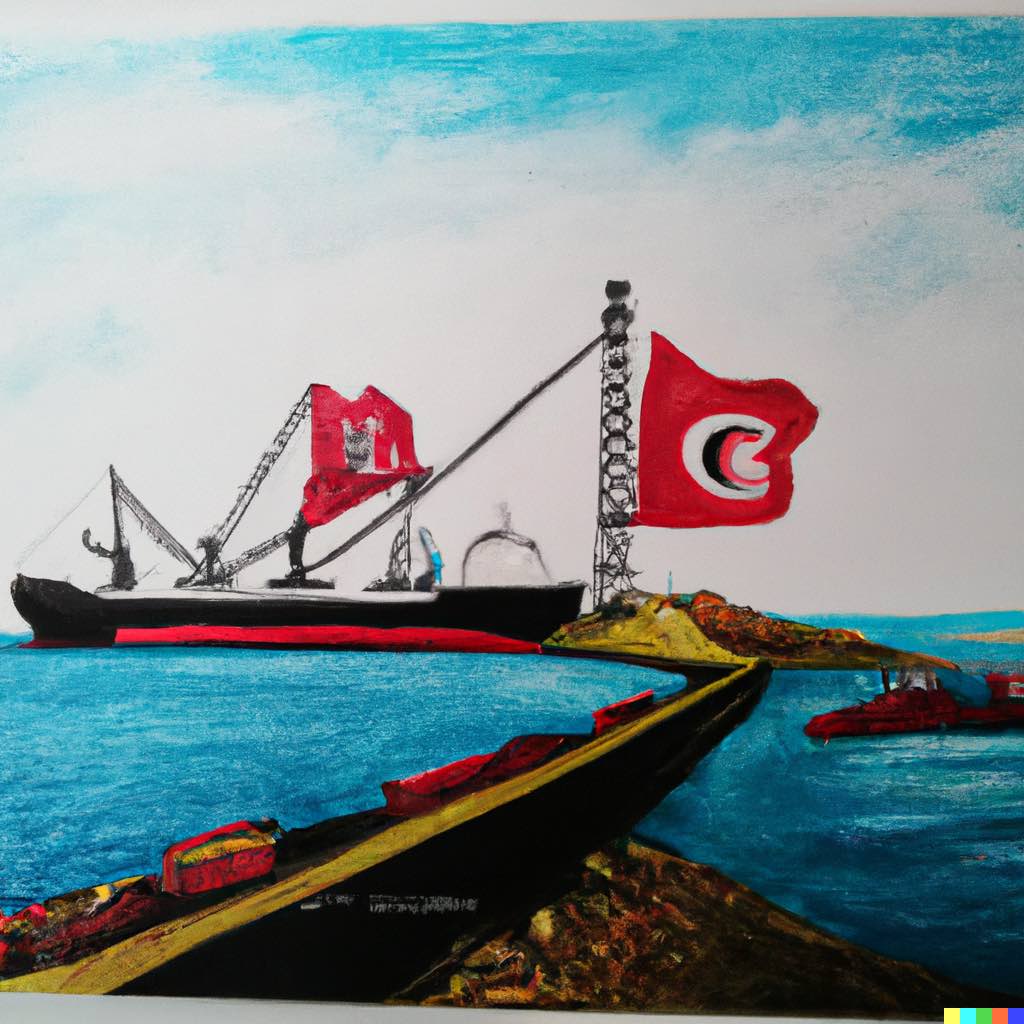
E- la construction d'un nouveau palais international des expositions et des congrès sur l'île de Djerba, pour que l'île des rêves devienne un pôle mondial du tourisme hospitalier et des congrès, en plus du tourisme balnéaire saisonnier, qui a atteint ses limites et ne répond plus aux besoins.
Partenaires : Qatar, Koweït, Emirats Arabes Unis, Allemagne, Inde et Chine
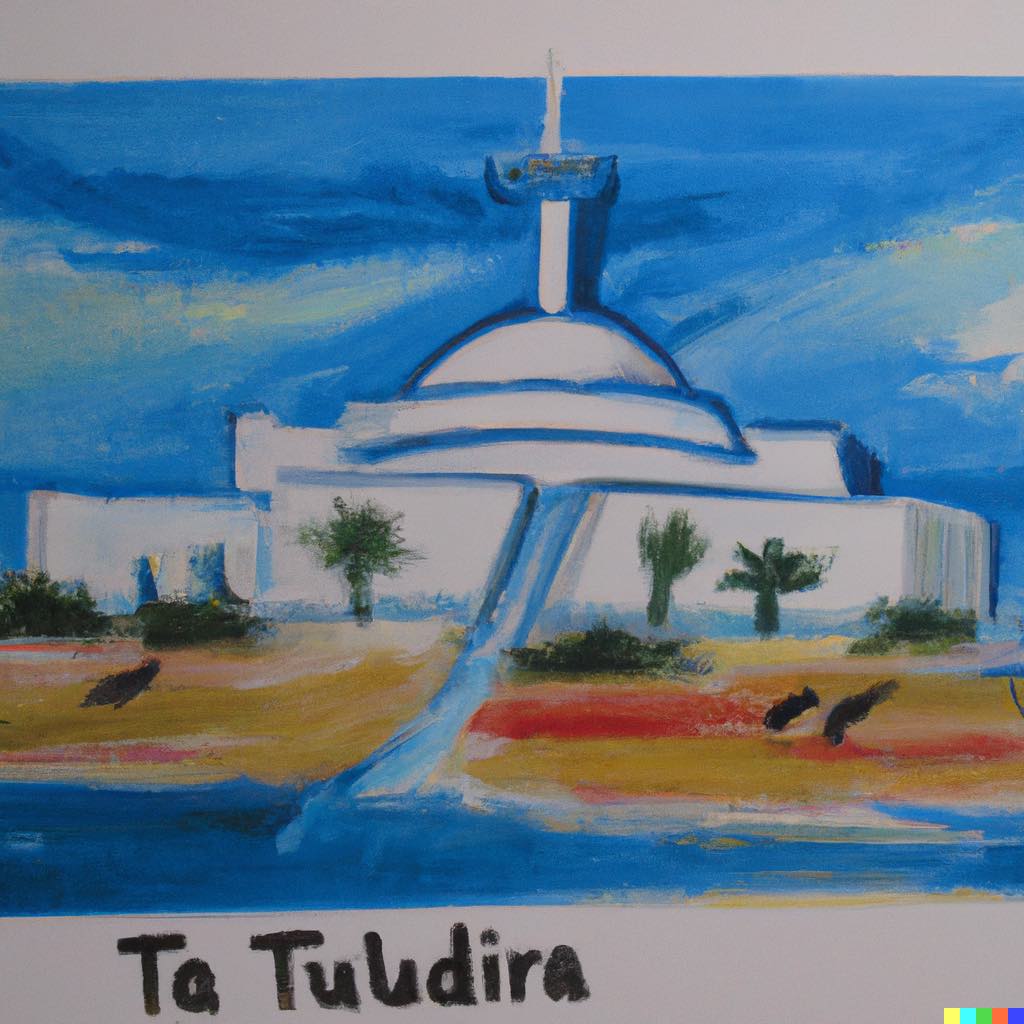
Grands projets ayant une grande capacité d’employabilité dans le sud tunisien :
A l’instar de ce que le gouvernement américain a fait après la grande crise de 1929, qui a vu un effondrement majeur de l'économie américaine et mondiale et l'exacerbation des taux de pauvreté et de chômage, en lançant de grands projets similaires au projet de la Tennessee Valley Authority dans le cadre de la politique du New Deal lancée par le président Roosevelt en 1933, et qui a permis l’emploi de dizaines de milliers de chômeurs pour construire un réseau de barrages et de centrales hydroélectriques sur le fleuve Tennessee, ce qui contribua à réduire le chômage et la pauvreté et contribua à la dynamisation économique et agricole de nouvelles régions aux États-Unis d'Amérique.
A- Initier une série de grands projets dans le sud et l’intérieur tunisien (environ 120 km sur 20 km) entre les gouvernorats de Gabès, Médenine et Tataouine, similaire au projet de Rejim Maatoug pour le développement du désert, dans le but d'employer les jeunes, créer des moyens de subsistance et créer une ceinture verte pour protéger le sol tunisien de la désertification et des contrebandiers. Ces projets se baseront sur l'expertise tunisienne et les eaux souterraines, abondantes dans la zone entre l'Algérie, la Tunisie et la Libye, en plus de l'énergie solaire. Compte tenu de la contribution italienne à la réalisation du projet de Rejim Maatoug et de l'intérêt de l'Italie à lancer des projets de développement qui réduiraient les incitations à la migration irrégulière depuis la Tunisie, il serait judicieux de présenter ce projet à la présidente du Conseil italien, Giorgia Meloni, lors de sa prochaine visite dans notre pays.
Partenaires : Italie, France, USA, Arabie Saoudite, Koweït et Corée.

B- Création d'un projet géant de production d'énergie solaire dans le sud tunisien, similaire au projet de Ouarzazate au Maroc, qui favoriserait l'autosuffisance énergétique de la Tunisie et en ferait un fournisseur de l'Europe dans le domaine des énergies vertes.
Partenaires : USA, Allemagne et Japon.
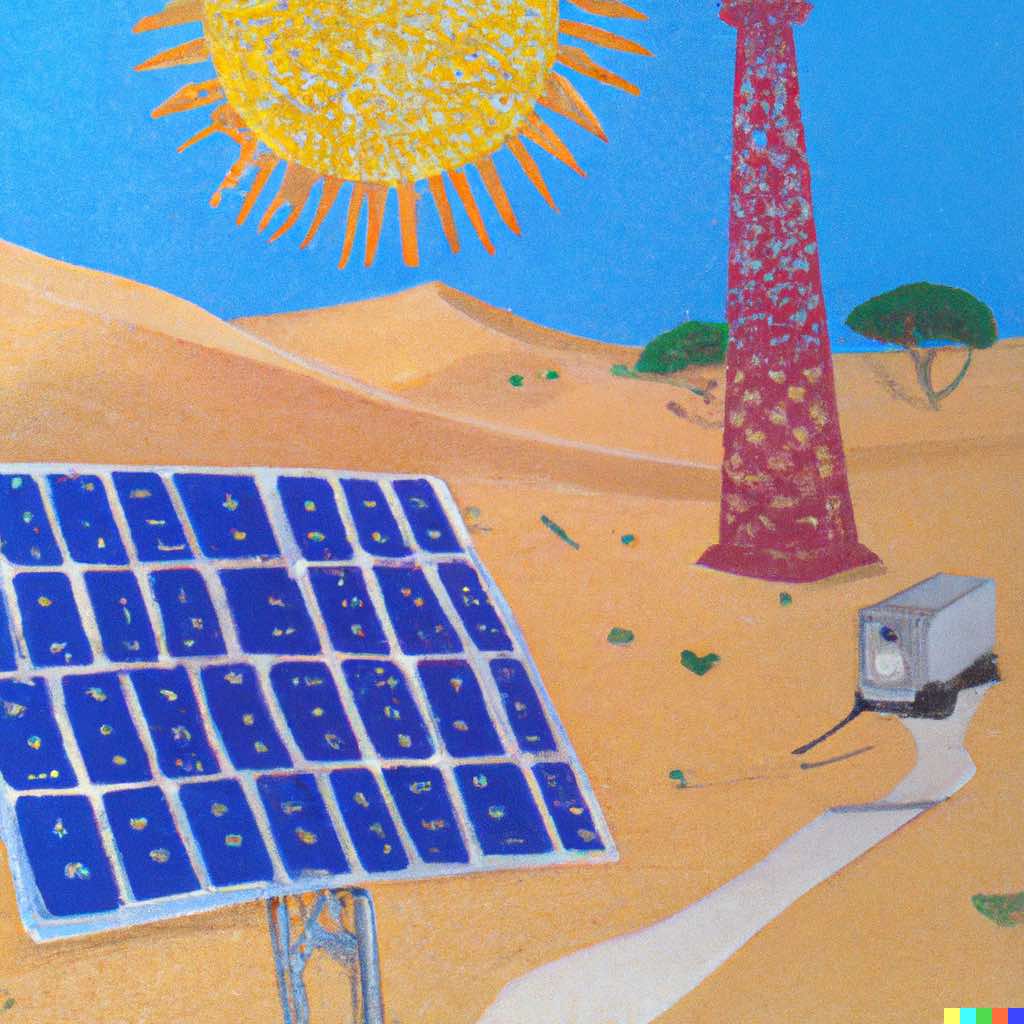
Ce plan demande de l’audace et une volonté sincère pour sauver la Tunisie et redonner l’espoir à son peuple, à sa jeunesse et à ses compétences en coordination avec nos partenaires du Groupe des Vingt Pays Industrialisés (G20).
On s'attend à ce que la Tunisie soit tenue au préalable d’œuvrer à instaurer un processus politique plus participatif, de moduler le discours vis-à-vis de l'extérieur et de faire preuve d'une plus grande compréhension des exigences de l'investissement étranger en termes de flexibilité et de transparence administrative, et de stabilité politique, juridique et fiscale.
La diplomatie tunisienne aura un rôle important à jouer pour faire de ce processus un succès en mobilisant le soutien international, à la suite d'une révision radicale de l'appareil et des mécanismes de travail et des capacités de la diplomatie tunisienne à travers un changement radical à tous les niveaux de l'administration centrale et des postes à l'étranger et la nomination de compétences de plus grande envergure dans les ambassades, y compris, si nécessaire, par le recrutement d’ambassadeurs retraités chevronnés par le biais de contrats programmes n'excédant pas deux ans.
Si l'exigence de rajeunissement est légitime et que le recours aux loyalistes est le choix de tout gouvernant, la situation critique qui, si elle n'est pas traitée efficacement, deviendra catastrophique, nécessite l'abandon, même temporaire, des slogans qui ont vidé l'administration et la diplomatie de leurs compétences et nous a amenés à cette grave situation.
La situation critique interne et externe de la Tunisie pourrait devenir tragique si un remède rapide n'est pas apporté et les opportunités et toutes les possibilités disponibles à l'intérieur et à l'extérieur ne sont pas exploitées.
Il serait utile de renforcer davantage les relations historiques avec la République de l'Inde, qui préside le G-20 au cours de l'année 2023, et de préparer une déclaration officielle sur le soutien multisectoriel à la Tunisie par les pays du G20 au cours du Sommet du mois de septembre de 2023 dans la capitale indienne, à laquelle il faudrait chercher à donner un caractère similaire au plan Marshall qui a contribué à la reconstruction de l'Europe après la Seconde Guerre mondiale.
Ces grandes lignes d’un plan pour sauver la Tunisie et l’élever au niveau d’excellence, de croissance, de prospérité et de stabilité qu'elle mérite, peuvent être la dernière chance de se rattraper pour ceux qui ont une volonté sincère de sauver le pays et son peuple d'une crise fatale et de l'effondrement économique et social, à Dieu ne plaise.
Quiconque douterait de la faisabilité et du réalisme de cette démarche ne fera qu’ignorer de nombreuses zones d’ombre et des opportunités que la Tunisie a gâchées au cours des dernières années du règne de feu Ben Ali et après la révolution, notamment lors des sommets de la TICAD avec le Japon à partir de 2013 et de la Présidence allemande du Groupe des 7 en 2015 et du Groupe des 20 en 2017.
(Translation in English)
Proposal for
a development plan to save Tunisia
By Elyes Kasri
Former Tunisian Ambassador to Seoul, New Delhi, Tokyo and Berlin.
Faced with the gravity of the crisis, for which the Tunisian authorities have not found a feasible solution, limiting themselves to temporary measures to pay salaries and debts, and do just enough for the International Monetary Fund to agree to extend lending facilities to pave the way for international borrowing by persisting in a failing economic and social model leading to more indebtedness and economic degradation, and in the absence of a consensus around a long-term reform program that would get Tunisia out of the vicious circle of rising inflation, wages and taxation, and pending a reform of the legal, administrative, fiscal and foreign exchange regulations, which can take a long time due to the prevailing tension on the political and social scene, it would be advisable to study the proposed process around the following three axes:
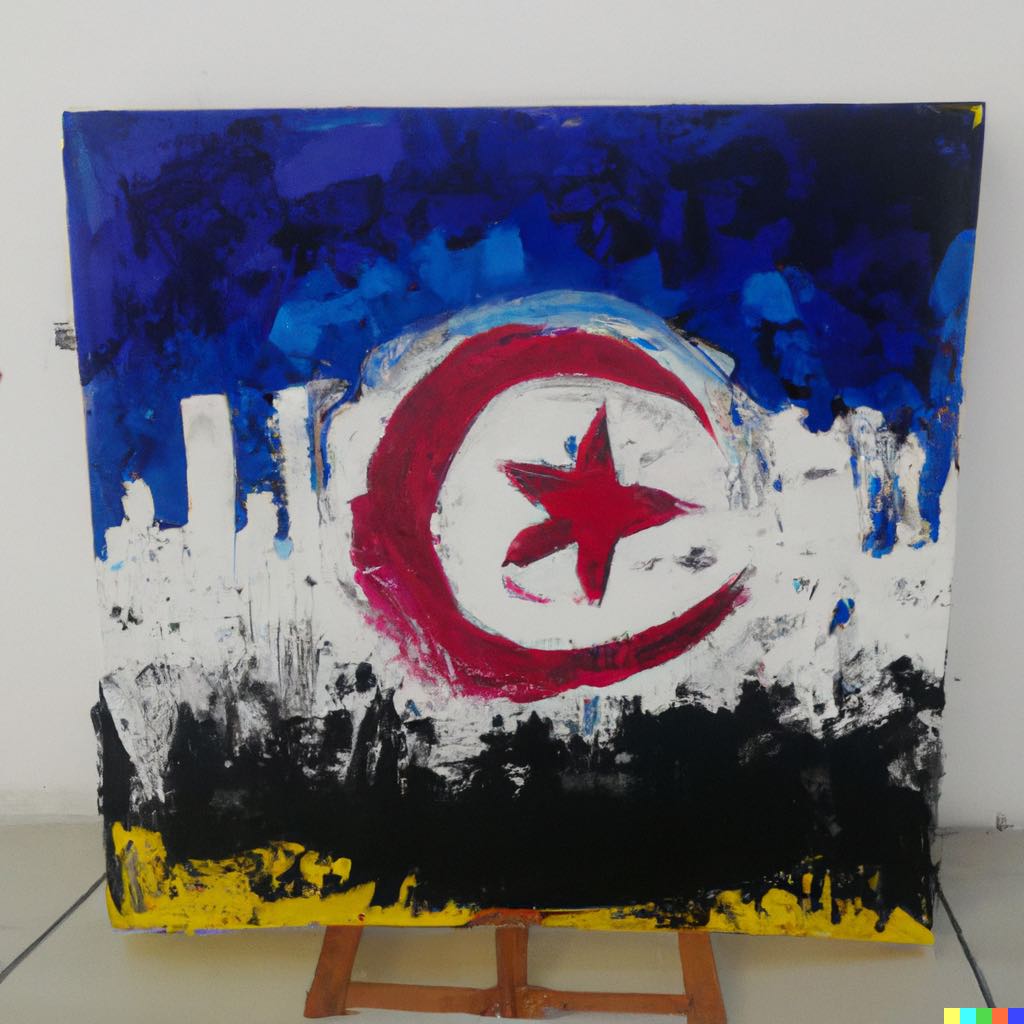
1- methodology:
In view of the administrative and economic accumulations and social pressures which prevent a radical and rapid reform of the Tunisian economy, it is advisable to follow a process from which will be launched development locomotives like the free zones, in particular on the model of special economic zones, which were the locomotives of the industrial and technological development of the People's Republic of China.
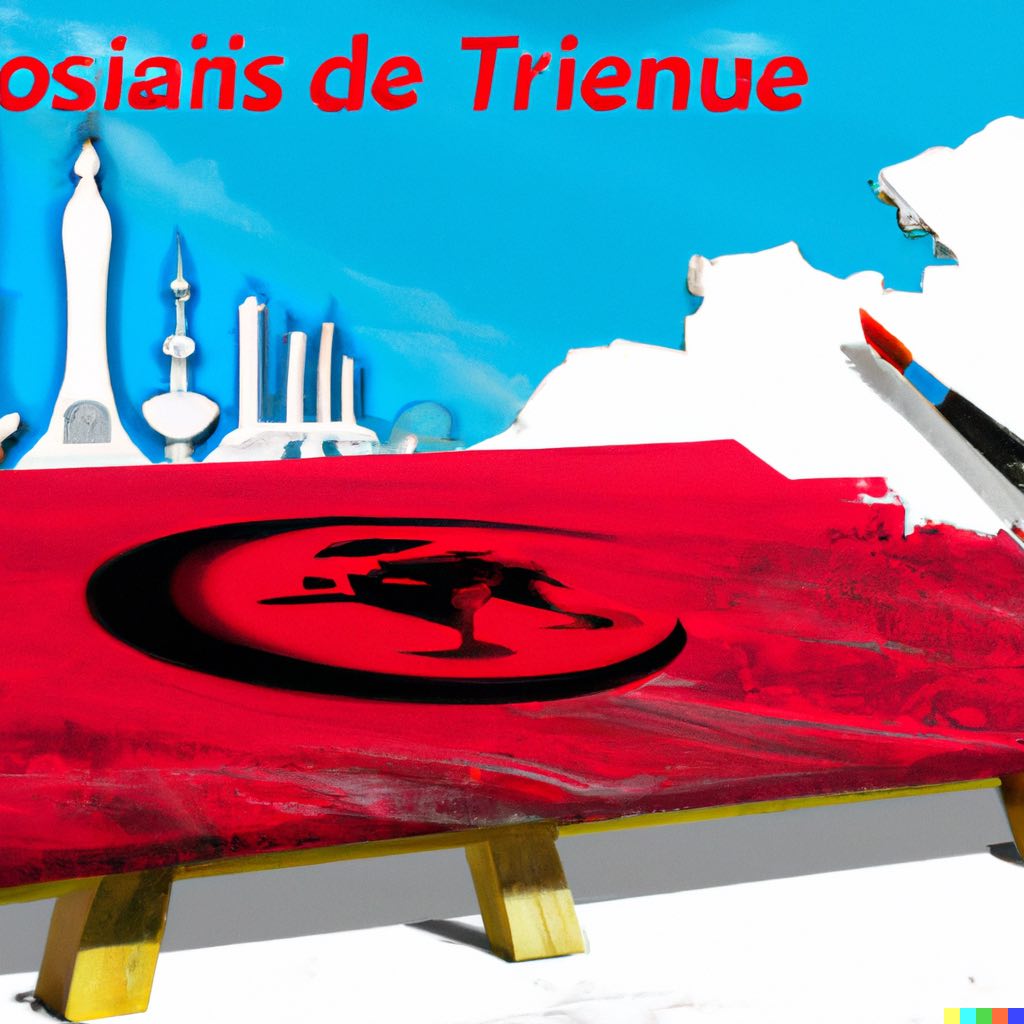
It is thus proposed the creation of special economic zones in the aforementioned sectors and regions in order to attract foreign investors and create employment opportunities for Tunisian skills within the framework of free zones in which transactions will be in foreign currency according to international standards of quality and transparency where employees and service providers will have income in foreign currency and will be taxed at a fixed rate of 15% in order to stimulate these activities and generate tax revenue in foreign currency. This approach will help facilitate the liberalization of the Tunisian dinar and raise wages at international level, which will reduce smuggling and the need for state intervention under the Compensation Fund.
Future strategic sectors:
A- Automotive and aircraft components, from spare parts and mechatronics to electric power:
Location: Bizerte, Greater Tunis and Sousse.
Partners: Germany, France, Japan and Korea.

B- IT and internet related services:
Location: Pôle El Ghazala, Hassiane, Bizerte and Sfax.
Partners: France, Germany, India, Korea and Bahrain

C- Medical tourism, pharmaceutical industries and medical equipment:
Location: Al-Hesseyan, Enfidha, Sfax and Djerba-Zarzis.
Partners: France, Italy, United Kingdom, India and United Arab Emirates.
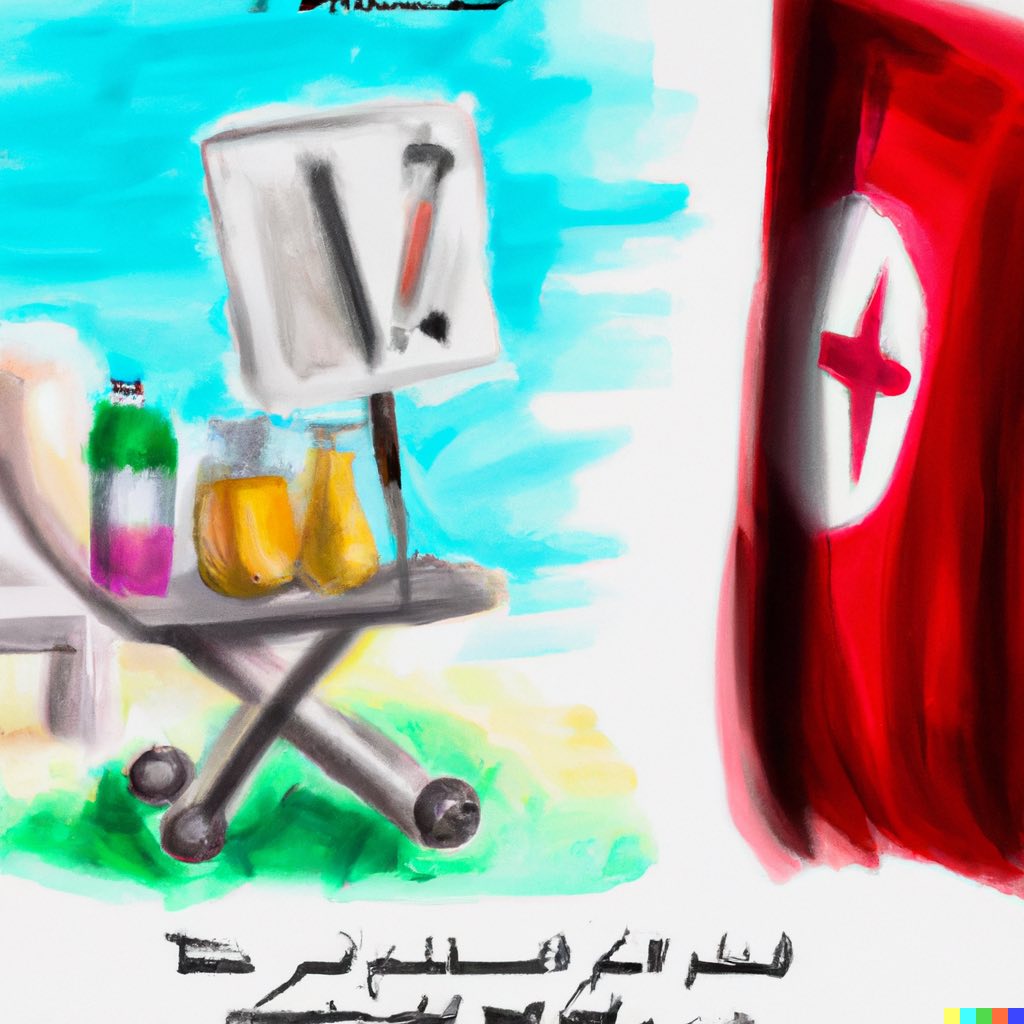
D- High quality apparel and leather industry:
Location: Greater Tunis, Sousse and Sfax.
Partners: France, Italy, Germany and United States of America

E- Higher education and vocational training:
Location: Bizerte, Bordj Cédria-Slimane, Sousse, Sfax and Gafsa. Partners: United States, United Kingdom, France, Germany, Japan and Korea.
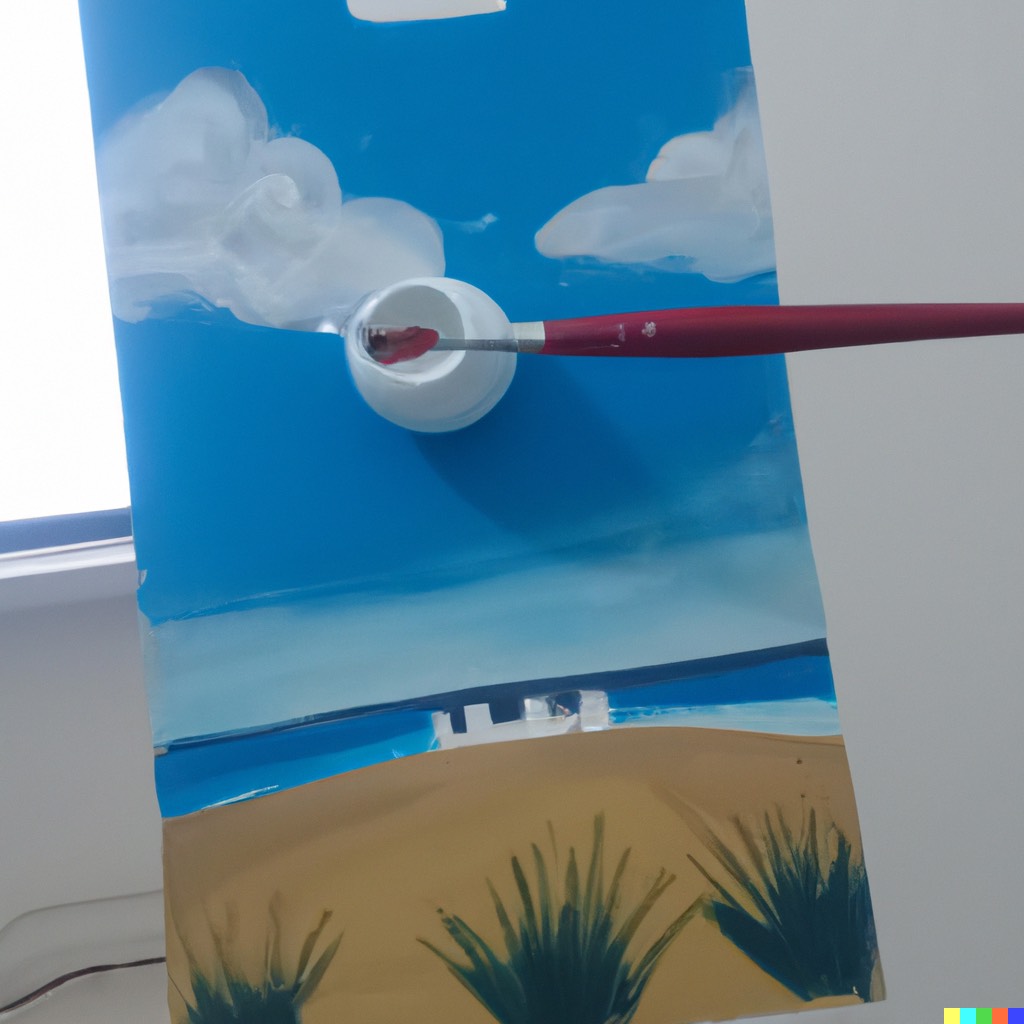
2- Infrastructure:
To facilitate the creation of the aforementioned economic locomotives, it is necessary to undertake urgent measures which will make it possible to strengthen confidence, improve the business climate and remove some of the barriers which have hampered the Tunisian economy and prevented any rescue operation :
A- Modernization of the port and lake of Bizerte and their transformation into a logistical hub for the shipbuilding and marine equipment and maintenance.
Partners: China, Germany and Korea.
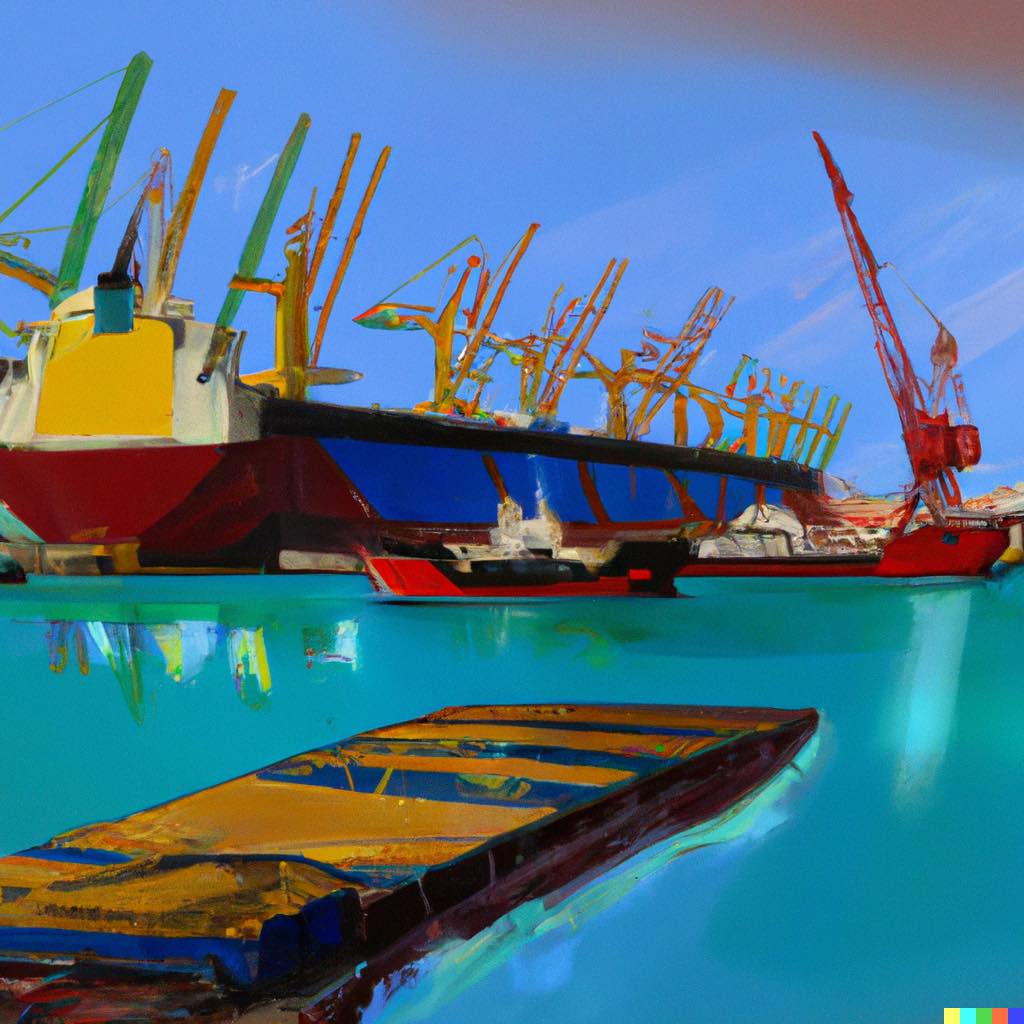
B- Transfer the Tunis-Carthage airport to the Utique region and make the Utique airport and the port of Bizerte a logistical hub linked by a road and rail network to the rest of Tunisia and Algeria in order to support Maghreb economic integration.
Partners: France, United Arab Emirates, China and Korea
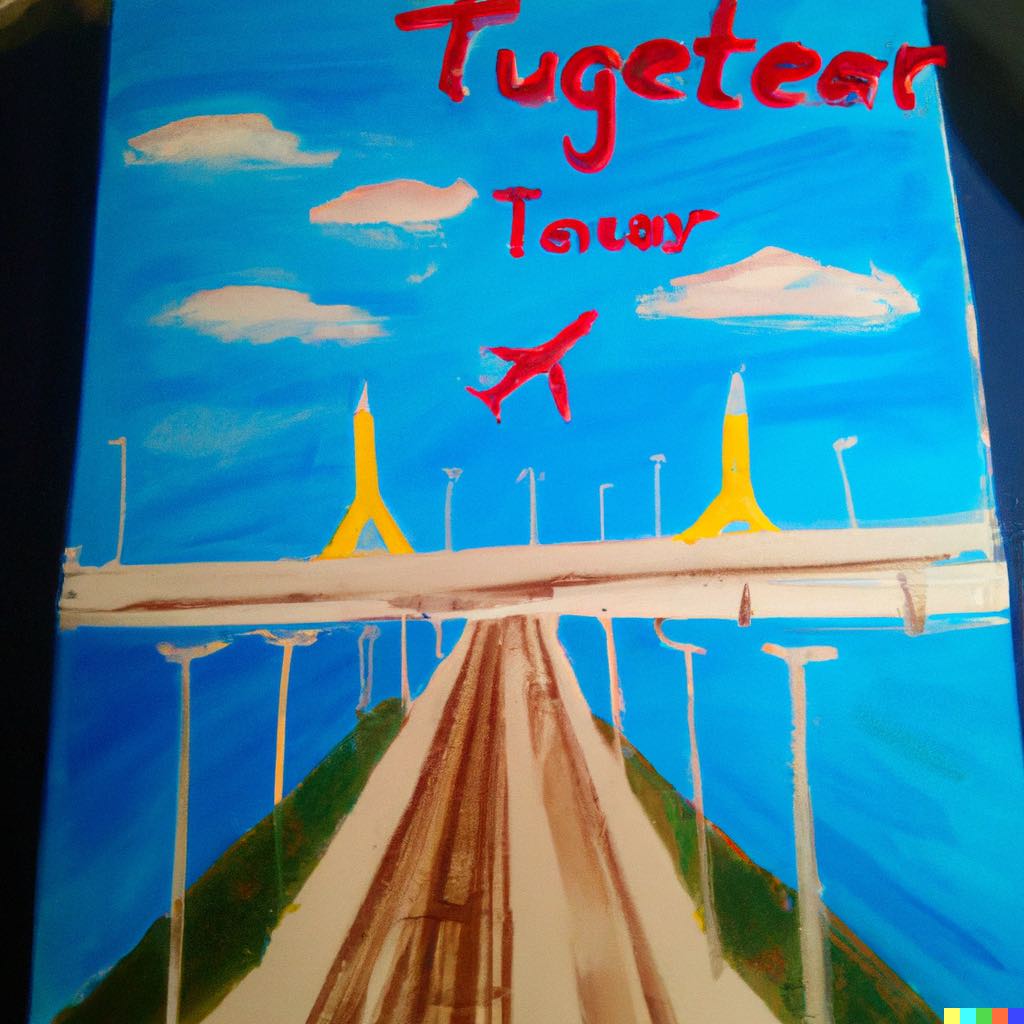
C- The construction of a new administrative city on part of the area previously occupied by Tunis-Carthage airport (300 hectares out of a total area of approximately 850 hectares).
Partners: Saudi Arabia, United Arab Emirates, China and Turkey.

D- Place the port of Rades under the management of the Armed Forces, given its strategic and vital importance for the country.
Partners: The United States of America and the United Arab Emirates.
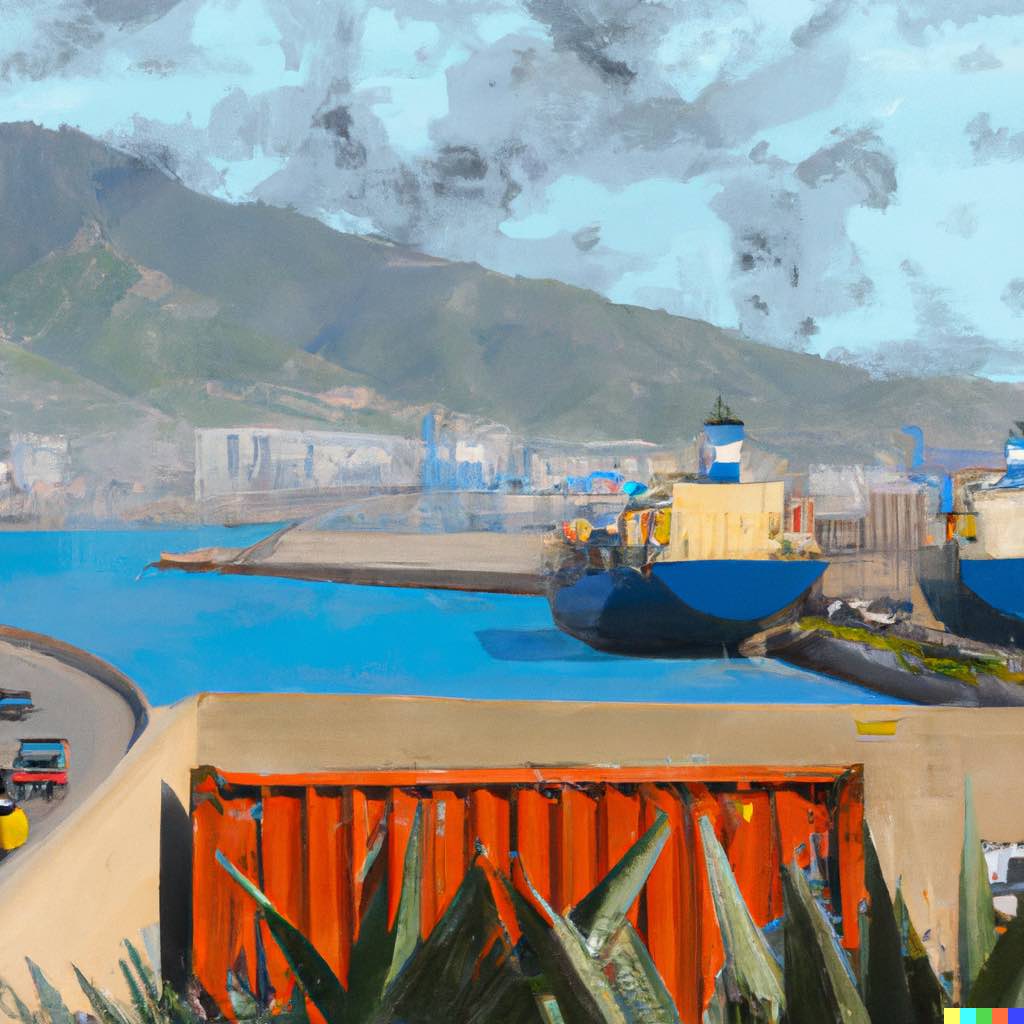
E- Finalize the deep water port of Enfidha and transform it, together with the airport of Enfidha, into a logistical hub, with the construction around them of a city of clean economic services and a medical city for foreigners, in which transactions will be held exclusively in foreign currency.
Partners: United Arab Emirates, Saudi Arabia, China, Turkey and India.
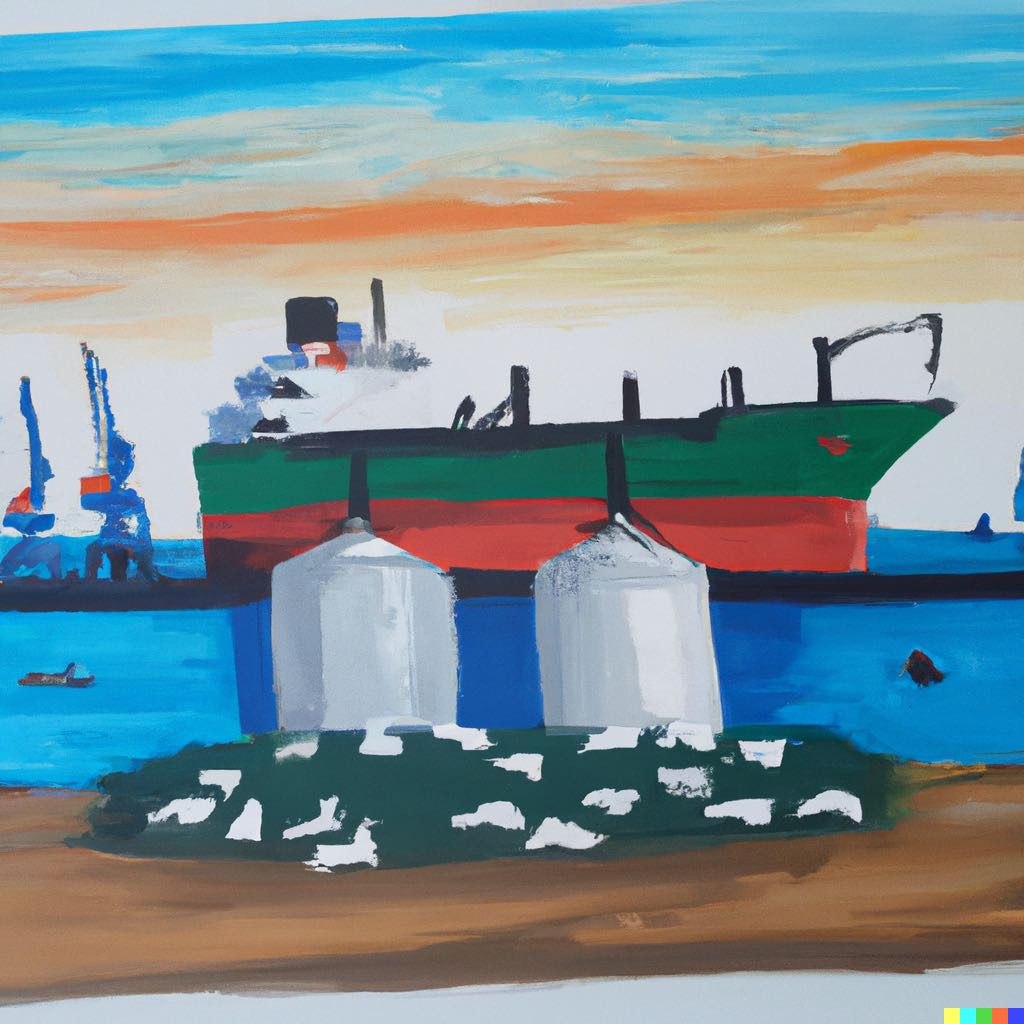
F-the construction of a new international exhibition and Conference center on the island of Djerba, so that the island of dreams becomes a world center for medical tourism and congresses, in addition to seasonal seaside tourism, which has reached its limits and no longer meets the needs.
Partners: Qatar, Kuwait, United Arab Emirates, Germany, India and China
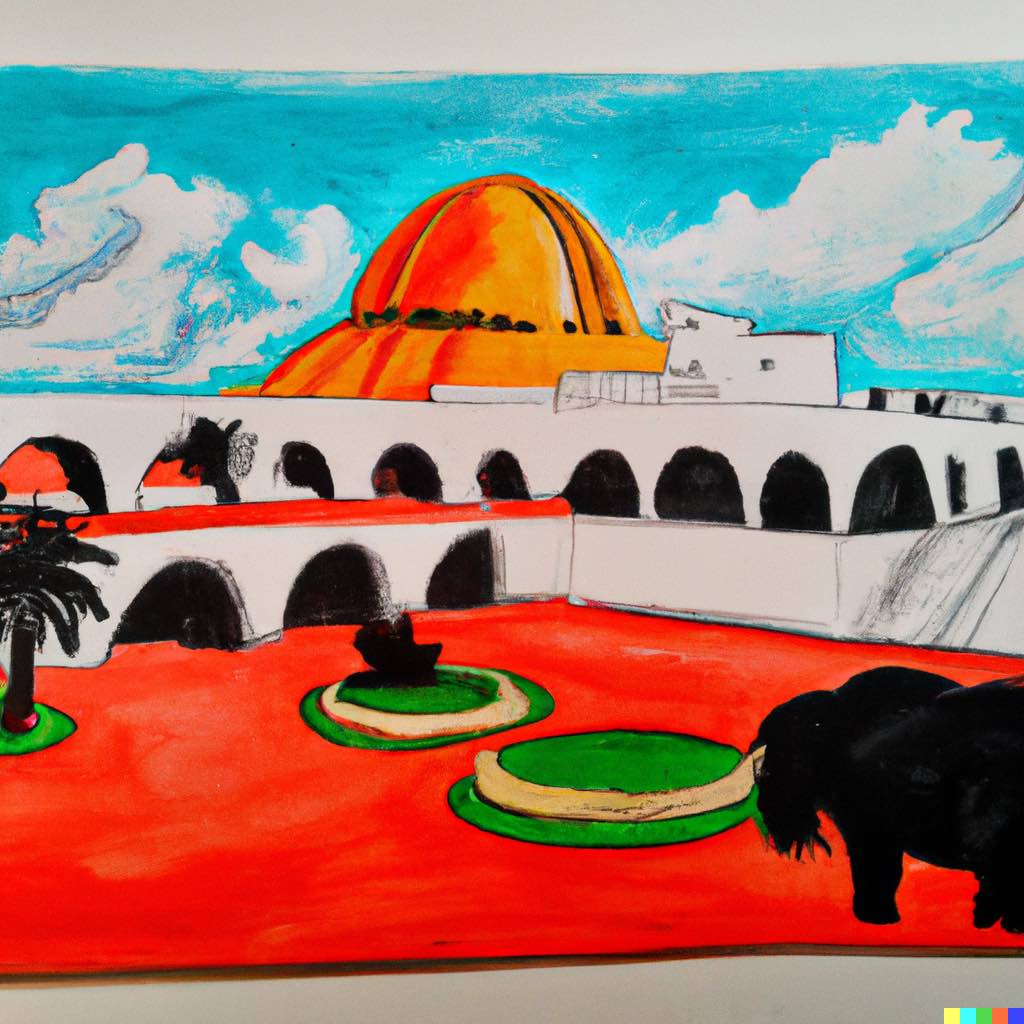
Major projects with a high employability capacity in southern Tunisia:
Like what the US government did after the Great Depression of 1929, which saw a major collapse of the US and global economy and exacerbated poverty and unemployment rates, by launching similar grand projects the Tennessee Valley Authority project under the New Deal policy launched by President Roosevelt in 1933, which hired tens of thousands of unemployed people to build a network of dams and hydroelectric plants on the river Tennessee, which helped reduce unemployment and poverty and contributed to the economic and agricultural revitalization of new regions in the United States of America.
A- Initiate a series of large projects in the Tunisian south such as Dhaher (about 120 km by 20 km) between the governorates of Gabes, Medenine and Tataouine, similar to Rejim Maatoug project for sahara development, with the aim of employing young people, create livelihoods and a green belt to safeguard Tunisia from desertification and smugglers. These projects will be based on Tunisian expertise and groundwater, abundant in the area between Algeria, Tunisia and Libya, in addition to solar energy. Given the Italian contribution to the Rejim Maatoug's project and Italy's interest in launching development projects that would reduce the incentives for illegal migration from Tunisia, it may be useful to discuss this project with the President of the Italian Council, Georgia Meloni, during her next visit to our country.
Partners: Italy, France, USA, Saudi Arabia, Kuwait and Korea.

B- Creation of a giant solar energy production farm in southern Tunisia, similar to the Ouarzazate project in Morocco, which would promote Tunisia's energy self-sufficiency and turn it into Europe’s supplier in green energies.
Partners: USA, Germany and Japan.
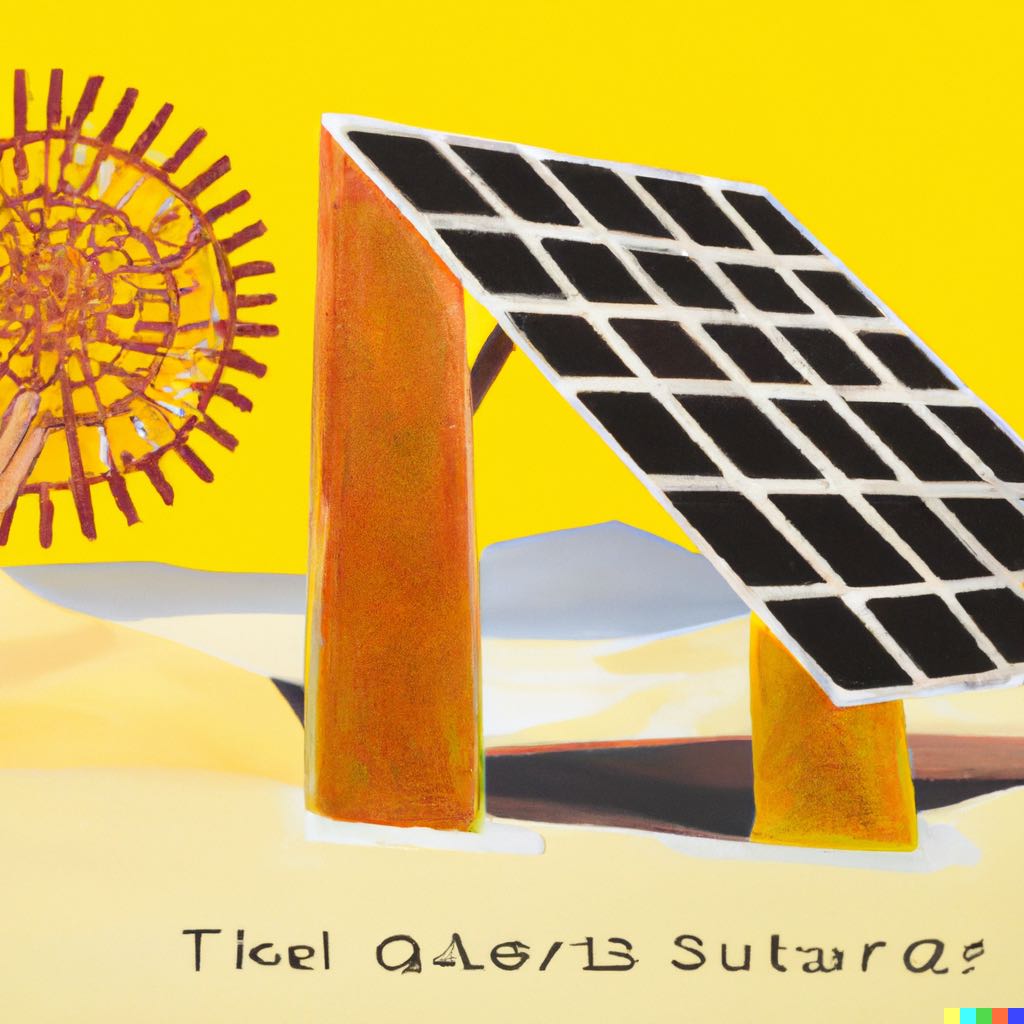
This plan requires audacity and a sincere will to save Tunisia and restore hope to its people, its youth and its competences in coordination with our partners of the G20.
It is expected that Tunisia will be required beforehand to achieve a more participatory political process, change the discourse towards the outside world and demonstrate a greater understanding of FDI requirements in terms of administrative flexibility and transparency, and political, legal and fiscal stability.
Tunisian diplomacy will have an important role to play in ensuring this process’ success by mobilizing international support, following a radical overhaul of the apparatus and operating mechanisms and capabilities of Tunisian diplomacy through a fundamental revision at all levels of administration and overseas postings and highly experienced skills in embassies, including, if necessary, the recruitment of seasoned retired ambassadors through program contracts not exceeding two years.
If the demand for rejuvenation is legitimate and recourse to the loyalists is the choice of any ruler, the critical situation which, if not dealt with effectively, will become catastrophic, requires the abandonment, even temporary, of the slogans which emptied the administration and diplomacy of their competencies and led us to this critical situation.
Tunisia's critical internal and external situation could become tragic if a quick remedy is not provided and the opportunities and all the possibilities available internally and externally are not exploited.
It would be beneficial to further strengthen historical relations with the Republic of India, which chairs the G-20 in the year 2023, and to prepare an official statement on the multidisciplinary support for Tunisia by the constituent countries of this group during the September 2023 Summit in the Indian capital, which should be sought to give a similar character to the Marshall Plan which contributed to the reconstruction of Europe after the Second World War.
These outlines of a plan to save Tunisia and raise it to the level it deserves of excellence, growth, prosperity and stability may be the last opportunity to catch up for those who have a pure and sincere will to save the country and the people from a suffocating crisis, and from economic and social collapse, God forbid.
Anyone who doubts the feasibility and realism of this approach ignores many gray areas and the opportunities that Tunisia wasted during the last years of the reign of the late Ben Ali and after the revolution, especially during the TICAD summits with Japan from 2013 and the German Presidency of the G7 in 2015 and the G20 in 2017.





